Bravia 8 XR80 is the only Sony OLED model from the 2024 production that will certainly attract the attention of image quality enthusiasts. The television offers excellent picture quality with the characteristic deep blacks of OLED, vibrant colours, and infinite contrast. This makes every scene incredibly realistic. Thanks to OLED technology, dark scenes look perfect, and the reproduction of black and bright elements stand out with great detail. This creates an amazing effect - a cinematic experience. While watching sports or action-packed films, we particularly appreciated the fluidity of the image. The 120 Hz panel performs excellently – no issues with blur, even in the most dynamic moments. This is a television that truly excels in situations where fast action and vivid details are important. The Google TV system is another strong point of Bravia 8. The interface is simple, clear, and easy to navigate. We had no trouble finding all the popular apps like Netflix, YouTube, or Prime Video. The USB-C rechargeable remote is a nice addition – it fits well in the hand, and the backlighting proved invaluable during evening use of the television. Of course, not everything was perfect. The SDR brightness of 330 nits is a result that does not impress, especially in well-lit rooms. This model definitely performs better during the evenings in darker conditions. We also noticed that the colour gradation is slightly worse than in previous Sony models - this is a very strange move because, after all, they have always been known for their superb digital processing. Another limitation is that there are only two HDMI 2.1 ports (including eARC) – with a larger number of devices, such as two consoles and a soundbar, it becomes problematic. Despite these minor downsides, Bravia 8 XR80 is a great television that is suitable for both everyday use and evening screenings. Excellent picture quality, motion fluidity, and an intuitive Google TV system make for a combination that makes a difference. If we are looking for a decent OLED in 2024, this model is definitely worth considering.
- Matching (Score)
- Our verdict
- TV appearance
- Where to buy
- Contrast and black detail
- HDR effect quality
- Factory color reproduction
- Color reproduction after calibration
- Smoothness of tonal transitions
- Image scaling and smoothness of tonal transitions
- Blur and motion smoothness
- Console compatibility and gaming features
- Input lag
- Compatibility with PC
- Viewing angles
- TV efficiency during daytime
- Details about the matrix
- TV features
- Apps
- Playing files from USB
- Sound
Sony Bravia 8 (XR80) vs Samsung S85F OLED
Direct compare
BRAVIA 8 / XR80
S85F / FAE / FAU
Available screen sizes: 55”

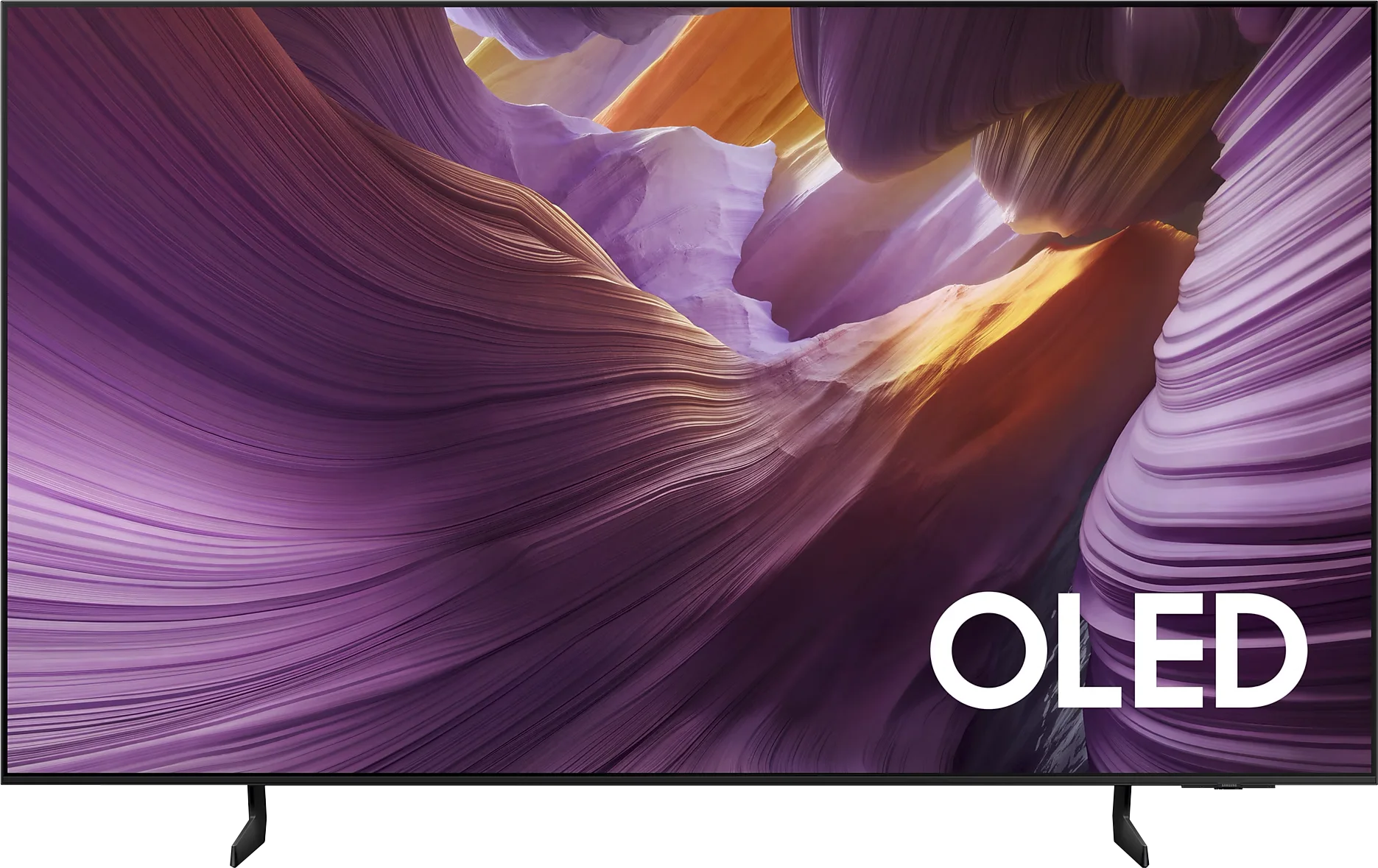
Panel type: WRGB OLED
Resolution: 3840x2160
System: Google TV
Model year: 2024
Complete the survey to find out the result

Panel type: QD-OLED
Resolution: 3840x2160
System: Tizen
Model year: 2025
Complete the survey to find out the result

Overall rating
7.8
8.0
Movies and series in UHD quality
7.6
8.3
Classic TV, YouTube
8.0
9.0
Sports broadcasts (TV and apps)
8.1
8.8
Gaming on console
8.8
9.3
TV as a computer monitor
7.6
7.6
Watching in bright light
5.6
5.1
Utility functions
9.4
7.3
Apps
9.6
8.7
Sound quality
7.5
7.2
Complete the survey to find out what fits your preferences
Advantages
Excellent contrast
Google TV – intuitive system, easy access to applications, backlit remote.
Very good motion fluidity – 120 Hz, advanced smoothing system.
Great Dolby Vision support
Very good viewing angles
Superb built-in audio system
Amazing black and contrast
Incredible colour palette coverage thanks to the QD-OLED matrix
Great picture in SDR and HDR content
High colour fidelity after calibration
Very good image smoothness – 120 Hz OLED matrix
Rich set of features for gamers: VRR, Game Bar, low input lag
4 HDMI 2.1 ports with full bandwidth of 48 Gbps
Advanced and smoothly operating Tizen system
Solar Remote with multiple options
Disadvantages
Poor gradation – visible transitions between dark and light colours
Brightness in daylight – better for night screenings than for use in daylight
Only 2 HDMI 2.1 ports – one of which is ARC.
No recording function on USB and PiP
No Dolby Vision
Slightly cherry black in very strong external light (not noticeable when viewing in cinema conditions)
No HGiG function*
* This function disappeared with the software update 1110.7 – we are monitoring this situation continuously.
Our verdict
Samsung S85F with a QD-OLED panel can surprise – and it surprises very positively. Even before the tests, we didn't think that in the case of TVs that are talked about in the context of "panel lottery," one could come across something that would benefit the user. However, in this case, particularly in the 55-inch version, it has fully succeeded. The QD-OLED panel, as befits organic technology, offers perfect, almost ideal black and contrast in cinematic conditions. The difference lies, however, in the way colours are reproduced – here it is simply outstanding. The colour gamut coverage is impressive, and after a gentle calibration, the colours become almost exemplary. Motion fluidity is equally high. The 120 Hz panel handles both sports and action films excellently. And if someone plans to connect a console to the S85F, they will receive a complete set of advantages: low input lag, variable refresh rate, Game Bar, and full support for HDMI 2.1. In everyday use, we were assisted by the Tizen system – closed, but extremely well-designed. It responds quickly, offers a rich selection of applications, and add-ons such as AirPlay and voice control make it hard to find something more complete in this category. Indeed, the S85F is not without its flaws. However, the balance of advantages and disadvantages is exceptionally favourable here. One could even get the impression that it is one of the best TVs in its price segment.
TV appearance




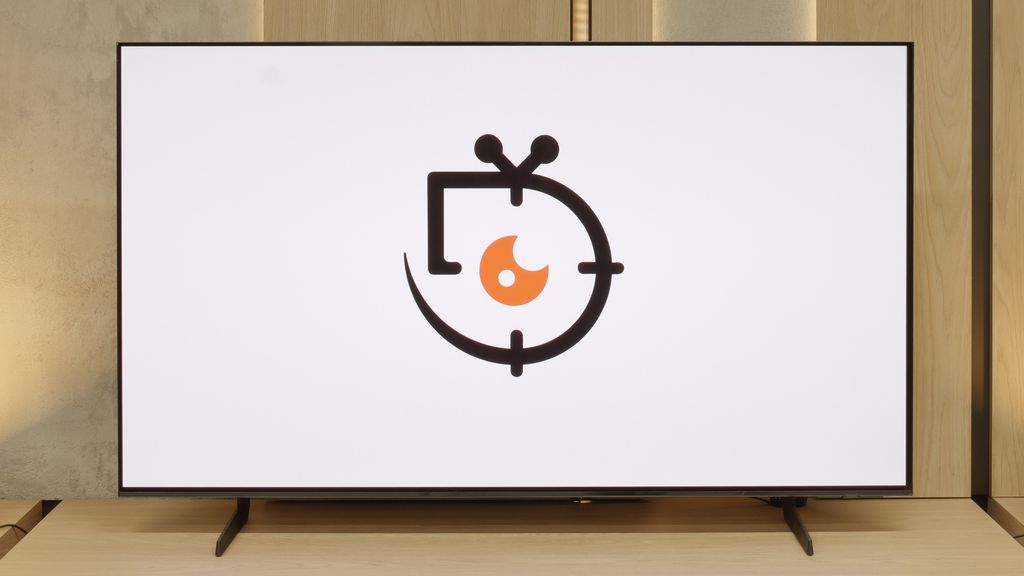
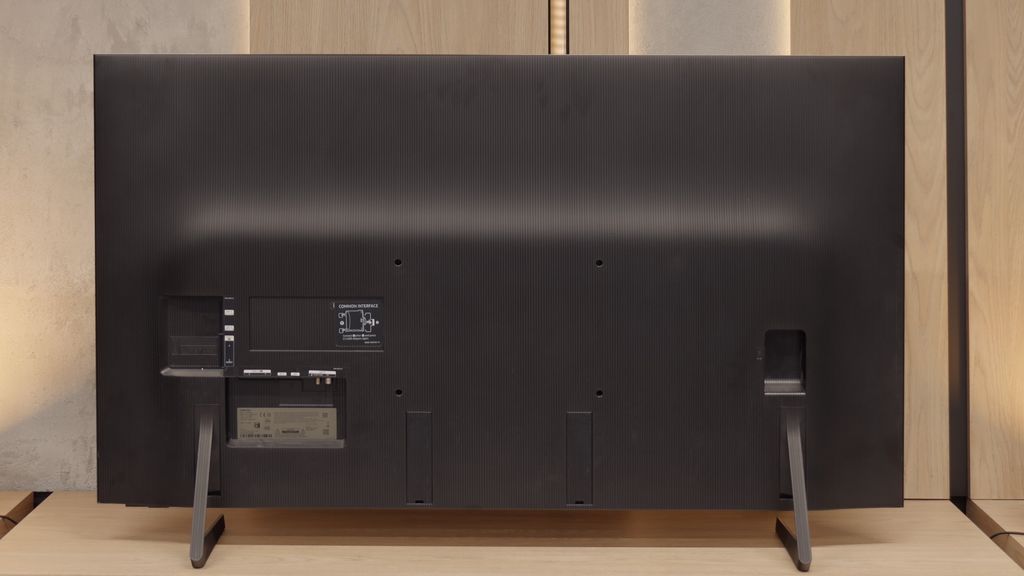
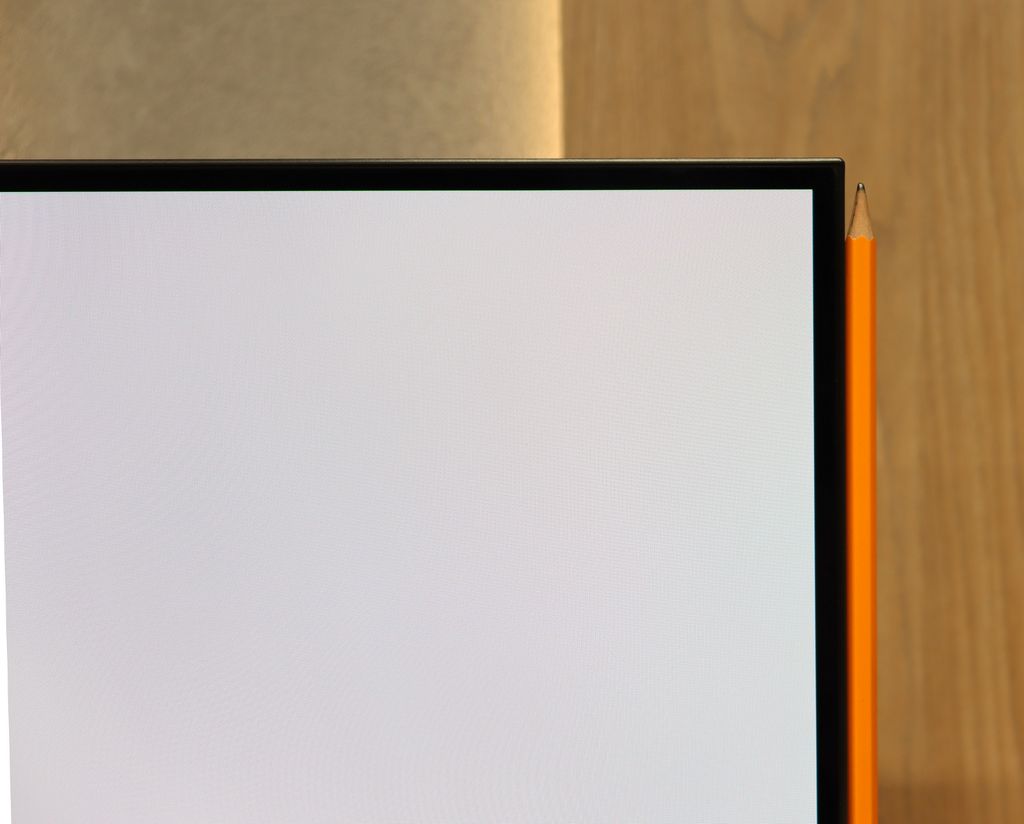
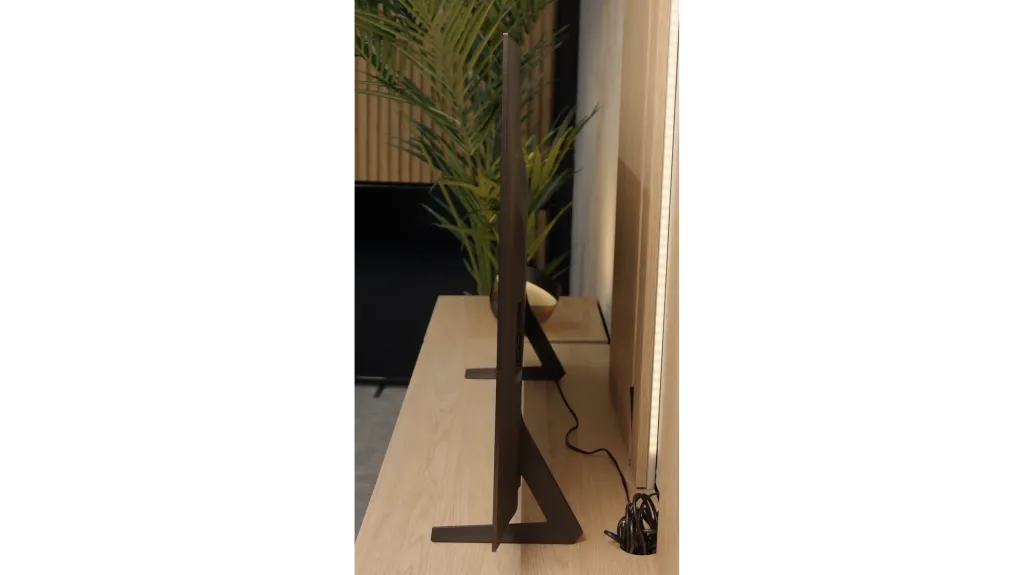
Contrast and black detail
10/10
10/10
Contrast:

Result
∞:1

Result
∞:1

Result
∞:1

Result
∞:1

Result
∞:1

Result
∞:1

Result
∞:1

Result
∞:1

Result
∞:1

Result
∞:1
Halo effect and black detail visibility:

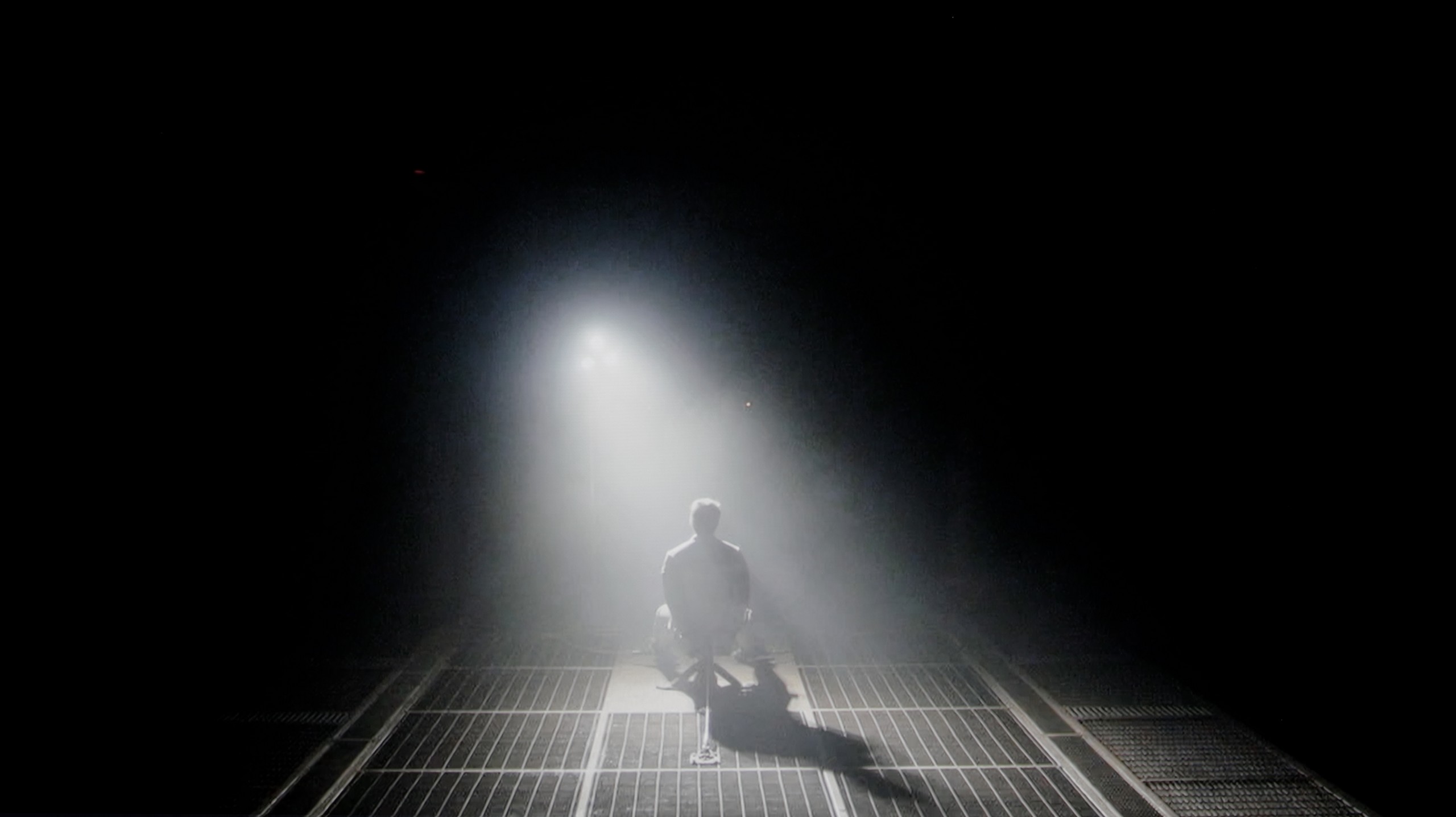
The Sony Bravia 8 television, equipped with an OLED panel, offers exceptional black and contrast quality. Thanks to OLED technology, each pixel emits its own light, providing excellent black depth and precision in light reproduction. In tested scenes, such as sequences from the films Oblivion and Sicario 2, the television achieves perfect light separation, resulting in a very detailed and realistic image, even in challenging contrast conditions. The Sony Bravia 8 truly stands out among other models in this category.
The Samsung S85F in the 55-inch version has something exceptional about it – it features a QD-OLED panel. This may sound quite surprising, but it is a fact, at least in Poland. Thus, the question arises: is the difference noticeable compared to last year's S85D with a WOLED panel? Yes, although in this particular test – black levels and contrast – it hardly matters.
Regardless of the scene, the S85F delivers infinite contrast and perfect blacks that we expect from any OLED. These are results that can impress even the most demanding cinema enthusiasts. It's worth remembering that such deep blacks can only be offered by TVs with organic panels – and it doesn't matter whether it's WOLED or QD-OLED. So, if you dream of a screen that can "turn off" the light in a scene just as effectively as an art house cinema in a dark room, the S85F is one of those TVs.
HDR effect quality
6.8/10
6.2/10
Luminance measurements in HDR:

Result
849 nit

Result
865 nit

Result
888 nit

Result
880 nit

Result
469 nit

Result
666 nit

Result
703 nit

Result
742 nit

Result
732 nit

Result
433 nit
Scene from the movie “Pan” (about 2800 nits)


Scene from the movie “Billy Lynn” (about 1100 nits)


Static HDR10


Dynamic: Dolby Vision
Dynamic: HDR10+


HDR luminance chart:
Samsung S85F OLED
HDR luminance
Sony Bravia 8 (XR80)
HDR luminance
Luminance of RGB colors
Sony Bravia 8 performs reasonably well in terms of HDR brightness. A maximum brightness level of 880 nits is satisfactory and allows for enjoyable light effects in most scenes. In the tested segments of the films Life of Pi and Sicario 2, the television looks really good, offering vibrant and detailed images that fully convey the atmosphere of these productions.
However, a greater challenge is presented by a scene from the film The Meg, where the screen is entirely very bright. In such situations, the limitations of OLED technology are evident, as the television loses brightness, dropping to about 450 nits. This decline is less satisfactory, especially when the entire scene requires intense lighting. Despite these limitations, Sony Bravia 8 remains a competitive model, offering excellent coverage of the DCI-P3 colour gamut and a BT.2020 standard coverage of 74%. As a result, colours are rich and details are precise, which significantly enhances the quality of HDR content consumption and makes viewing a pleasant experience.
For an OLED, the Samsung S85F can truly shine – literally. Under favourable conditions, it is capable of generating brightness exceeding 750 nits. This is hugely significant, as most films are created with displays reaching around 1000 nits in mind. In practice, this means that in scenes with moderately large, bright elements, the image can look simply fantastic. However, it's not always so rosy. When there is a huge amount of light on the screen – whether it's an expansive, bright background or a whole frame filled with white – the S85F has to tone it down. In such scenes, brightness can drop by even four times. This limitation is well-known to essentially every OLED in this price segment, so we do not consider it a particular shortcoming. However, something that deserves praise and sets this model apart from the competition is its colour gamut coverage. Thanks to the QD-OLED panel, our colourimeter recorded values exceeding 100% DCI-P3 coverage and as much as 86% for the ultra-wide BT.2020 gamut. Such results are hard to find even in televisions costing several times more.
Factory color reproduction
7.2/10
5.5/10


Factory Mode
After calibration


Factory Mode
After calibration
The best factory mode available on the Sony Bravia 8 television is IMAX Enhanced, which provides the most cinematic experience, although it is not perfectly set up. The television tries to faithfully reproduce cinematic settings, but certain shortcomings are noticeable. Starting with the white balance, both for SDR and 4K materials, a pronounced blue tint can be observed. This causes the image to appear too cold, stripping it of its naturalness. Tests using Colour Checker show that colours shift towards cooler tones, which may affect the accuracy of colour reproduction and make the image less realistic.
As for brightness and contrast characteristics, the gamma shows a significant drop at the end of the chart. This means that dark details may be too dark and bright elements too bright, resulting in a loss of subtlety and becoming less visible. As seen in the sky - in the comparative photo. In turn, the EOTF curve is well above the reference value, causing bright elements of the image to be too intense. As a result, users may perceive the image as unnatural, and bright areas may lose details, negatively impacting the overall viewing quality.
Samsung, as befits a manufacturer with ambitions, has equipped the S85F with a mode called Filmmaker. Its task is simple: to ensure that the colours on the newly purchased television are as true to what the director intended as possible. Sounds great… but, as is often the case, a theory that sounds great does not always translate into perfect practice.
In the tested unit, it quickly became apparent that the image – due to an excess of blue and red – looked as though someone had overdone the saturation a bit. As a result, quite significant colour errors occurred, particularly in 4K content. Moreover, there was a problem with brightness – the S85F could brighten most scenes more than it should, taking away their intended mood.
Fortunately, Samsung televisions, including the S85F, offer an impressive number of settings for advanced calibrators. This means that we could test what this panel is truly capable of when placed in the right hands.
Color reproduction after calibration
8.2/10
9.3/10

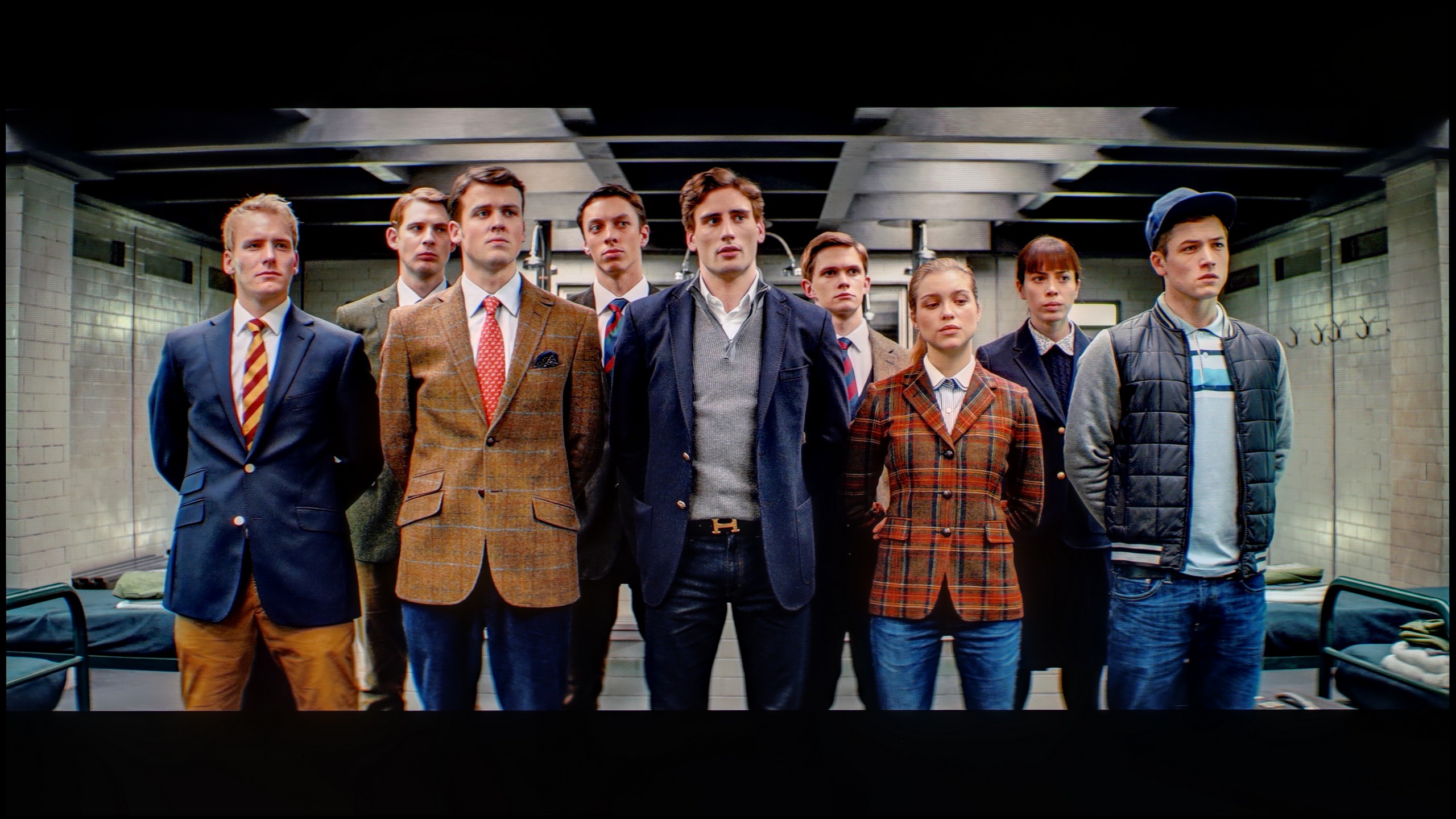

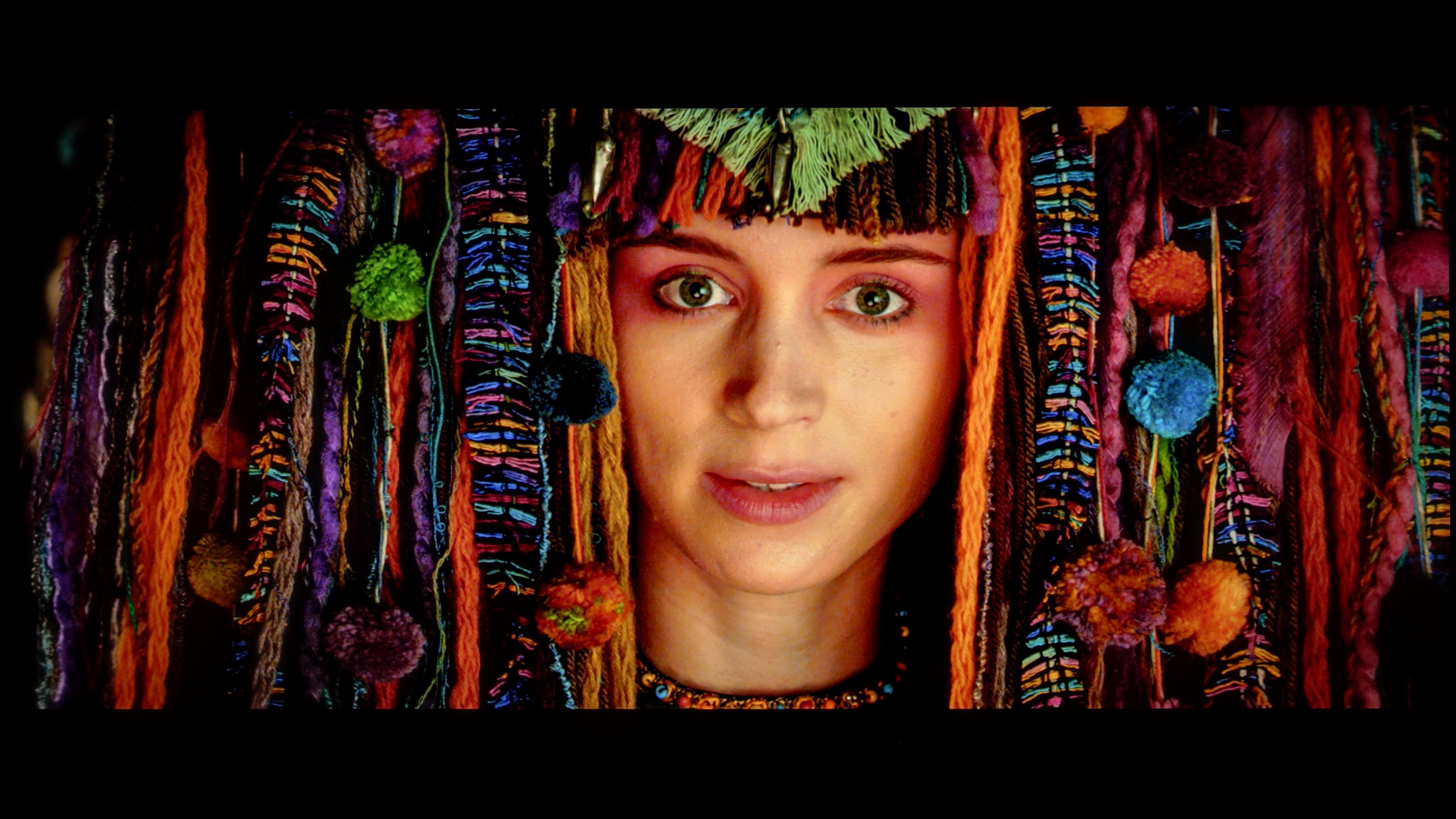
The calibration process of the Sony Bravia 8 television has brought significant improvements in image quality. The white balance has been noticeably enhanced, for both SDR and 4K HDR content, with minimal errors in the middle of the graph. Gamma has proven to be one of the biggest beneficiaries of calibration – it has been completely rid of previous dips, which has significantly impacted brightness stability and better detail reproduction in the darker parts of the image. The EOTF curve has also been levelled, making bright elements of the image appear more natural, and the overall tonal dynamics are now more balanced.
However, the most attention should be paid to colour reproduction, where, despite calibration, certain issues still persist. Sony has omitted the use of a CMS system in this model, which allows for very precise control over colours. As a result, the Colour Checker test for 4K materials still shows significant errors in colour samples. Despite these difficulties, we recommend performing calibration, as the effects are noticeable and significantly enhance image quality, particularly in terms of brightness and contrast.
Thanks to the vast number of settings in the menu, we managed to bring the S85F to nearly an ideal level. The white balance in SDR content? Literally perfect – deviations do not exceed the value of “1”. So we can confidently say that in materials with not very high dynamics, we have an image close to reference here.
In HDR content, slight issues have arisen, but they are not significant in practice – most errors fall below the threshold of perceptibility, which is the value of “3”. We also managed to tame the S85F when it comes to brightness management – the EOTF curve, even in movies, holds an almost perfect line. This is one of those cases where after calibration, you can comfortably forget about the settings and simply enjoy films and series at the highest level.
Smoothness of tonal transitions
5/10
7.9/10

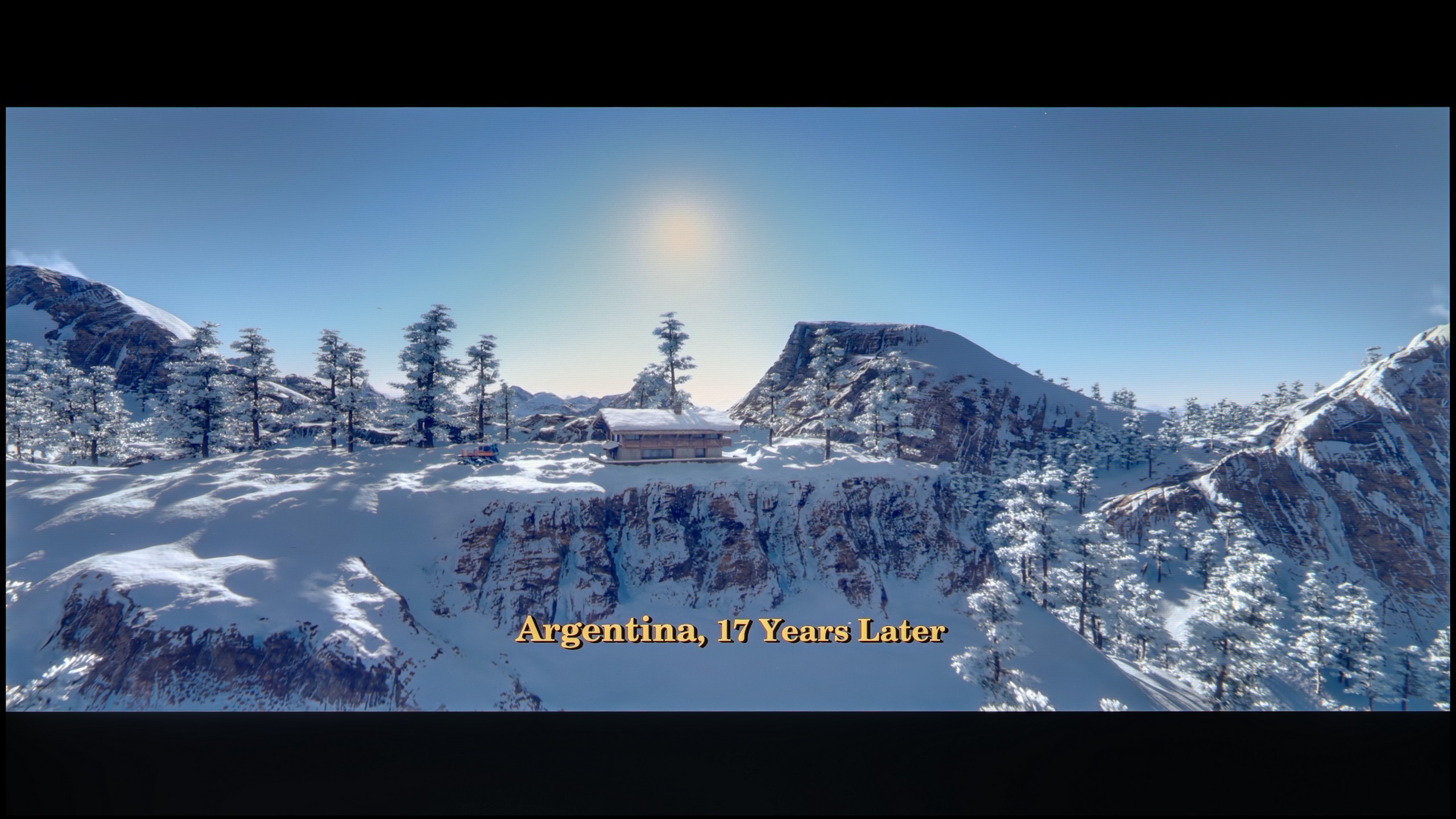



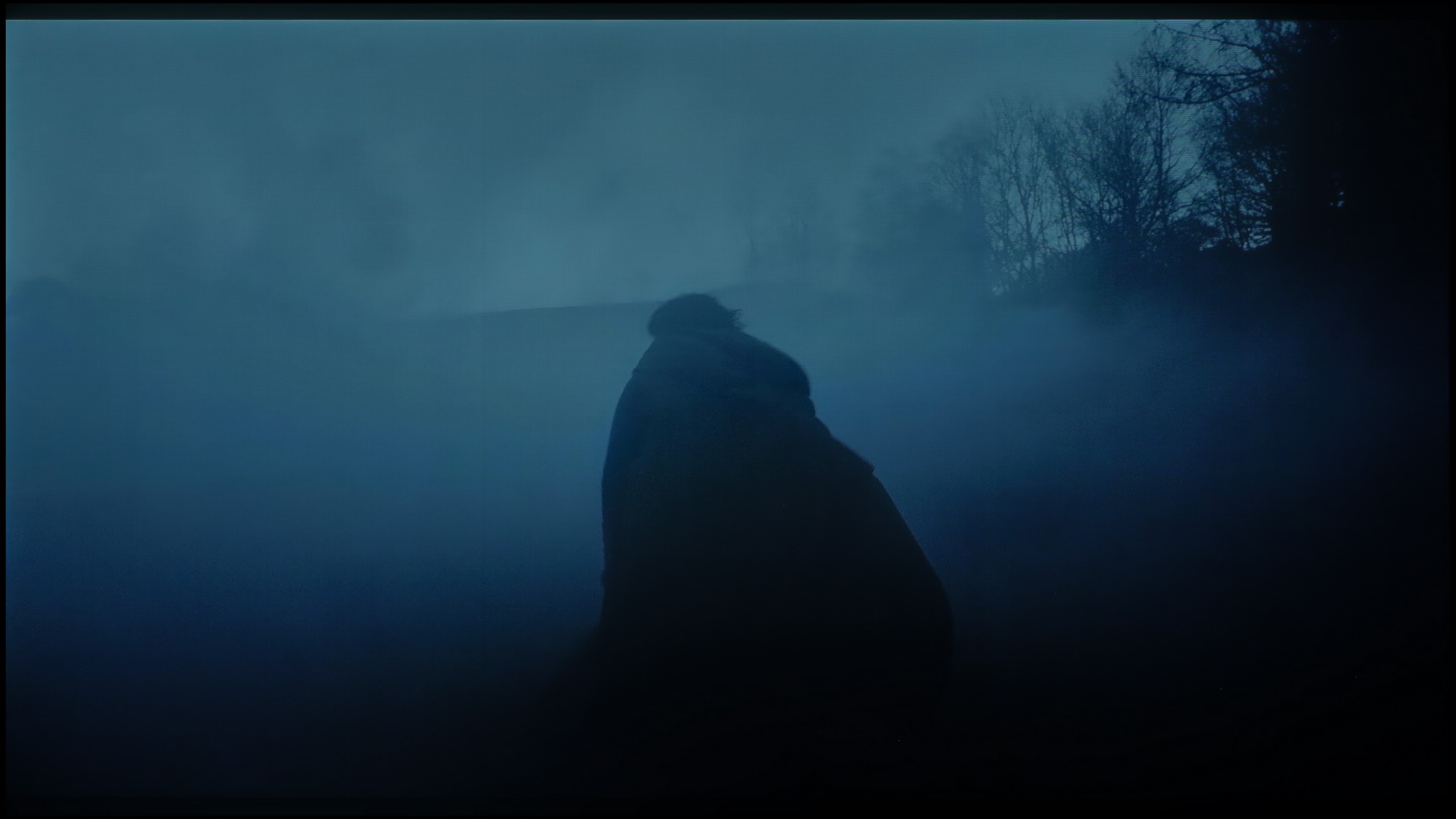

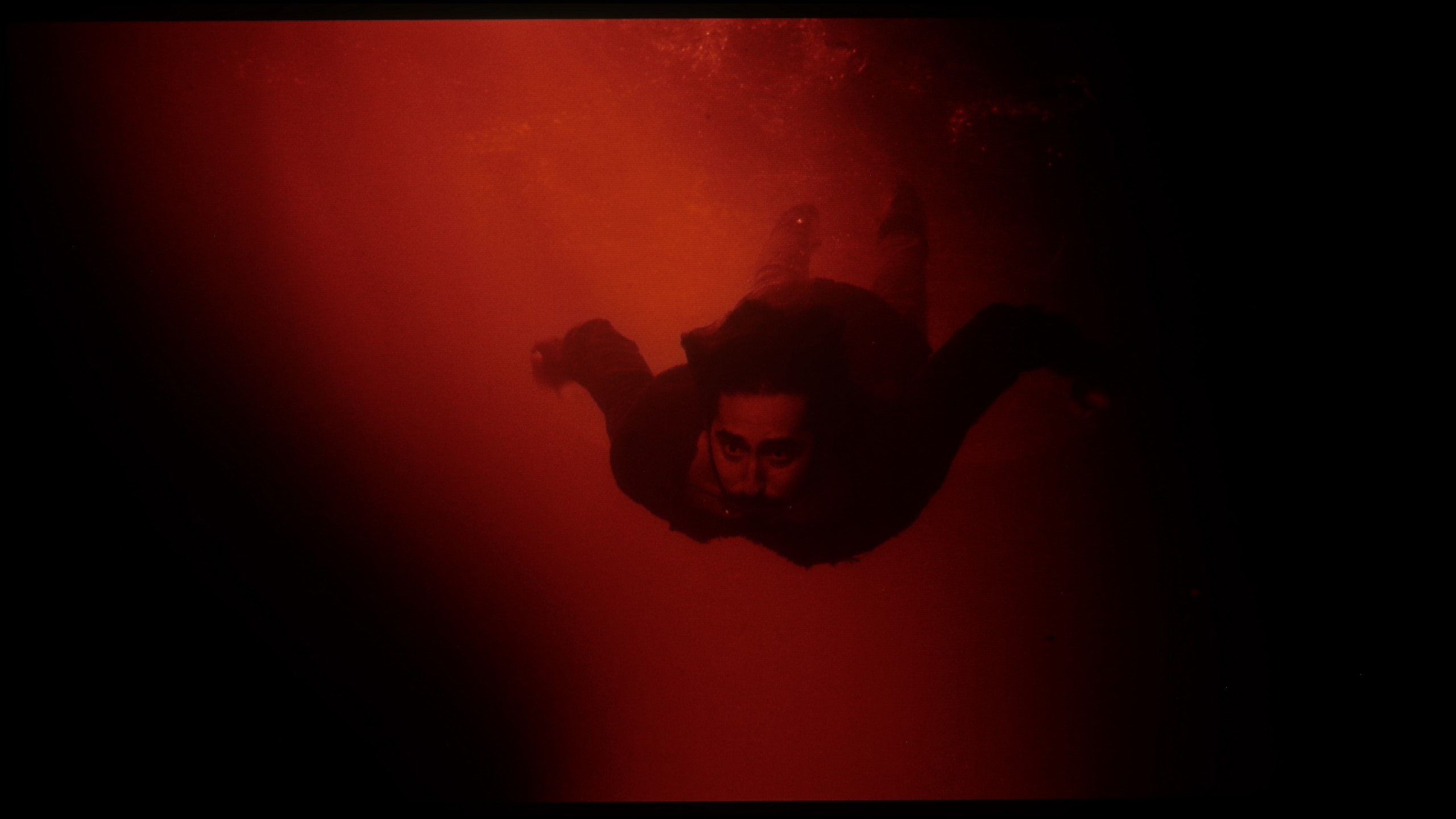




The grading in 4K materials is simply poor and clearly disappointing. There are noticeable seams both in dark and light colours, which affects the image quality and lowers the overall satisfaction with watching high-definition materials. Something that has always been a strong point of Sony's processor evidently fails this time.
Thanks to the QD-OLED panel, the colour blending on the S85F performs really very well. It is particularly worth noting how it handles the darkest, most demanding scenes – where most televisions start to struggle, this model operates almost perfectly.
Interestingly, a slight stumble can be noticed in those easier, brighter shots. There is then a minimal banding of colours, but it is so subtle that it is hard to believe it would realistically interfere with anyone's viewing experience.
Image scaling and smoothness of tonal transitions
6.1/10
7/10
Smooth transition function

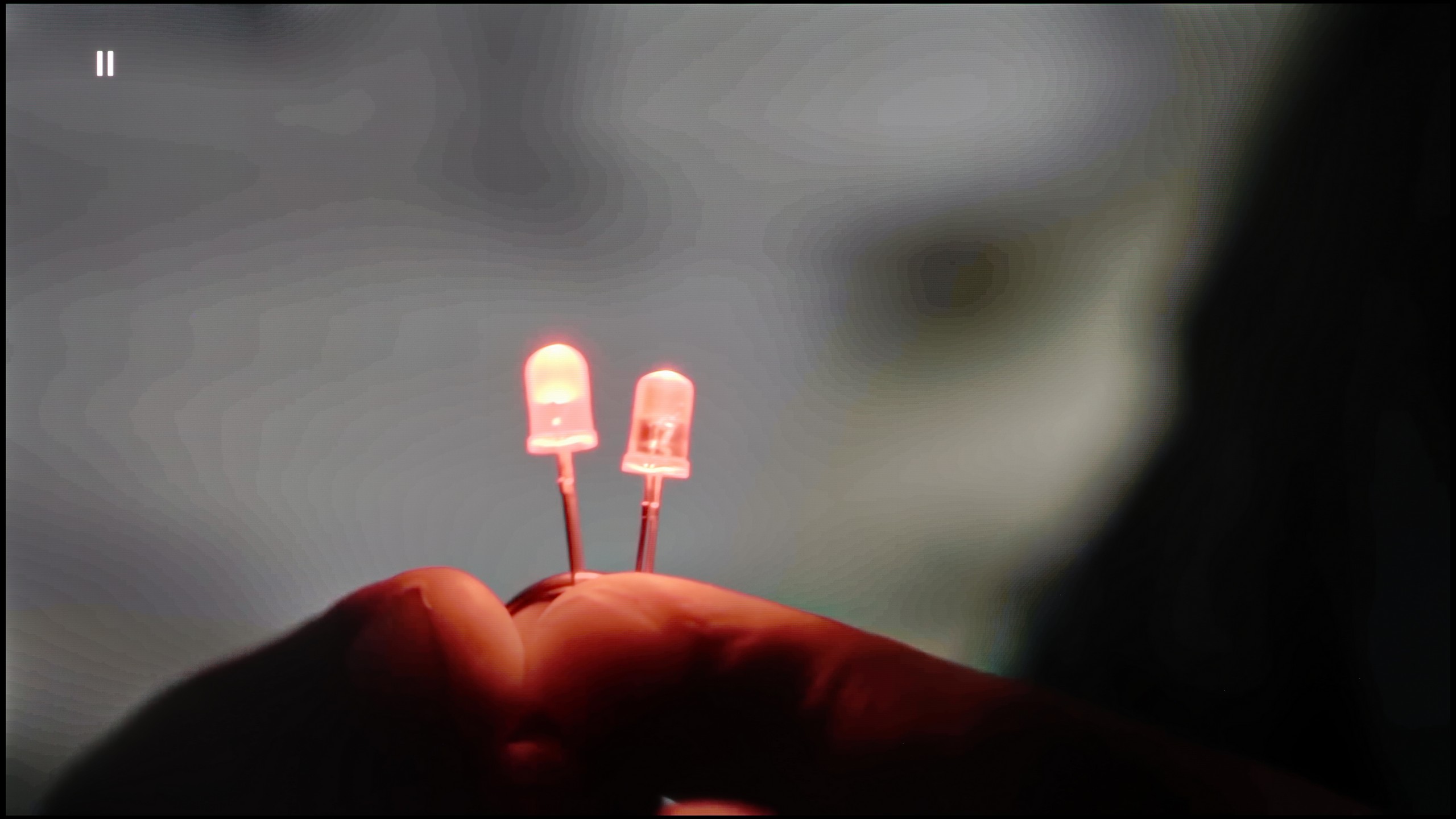
Image without overscan on the SD signal

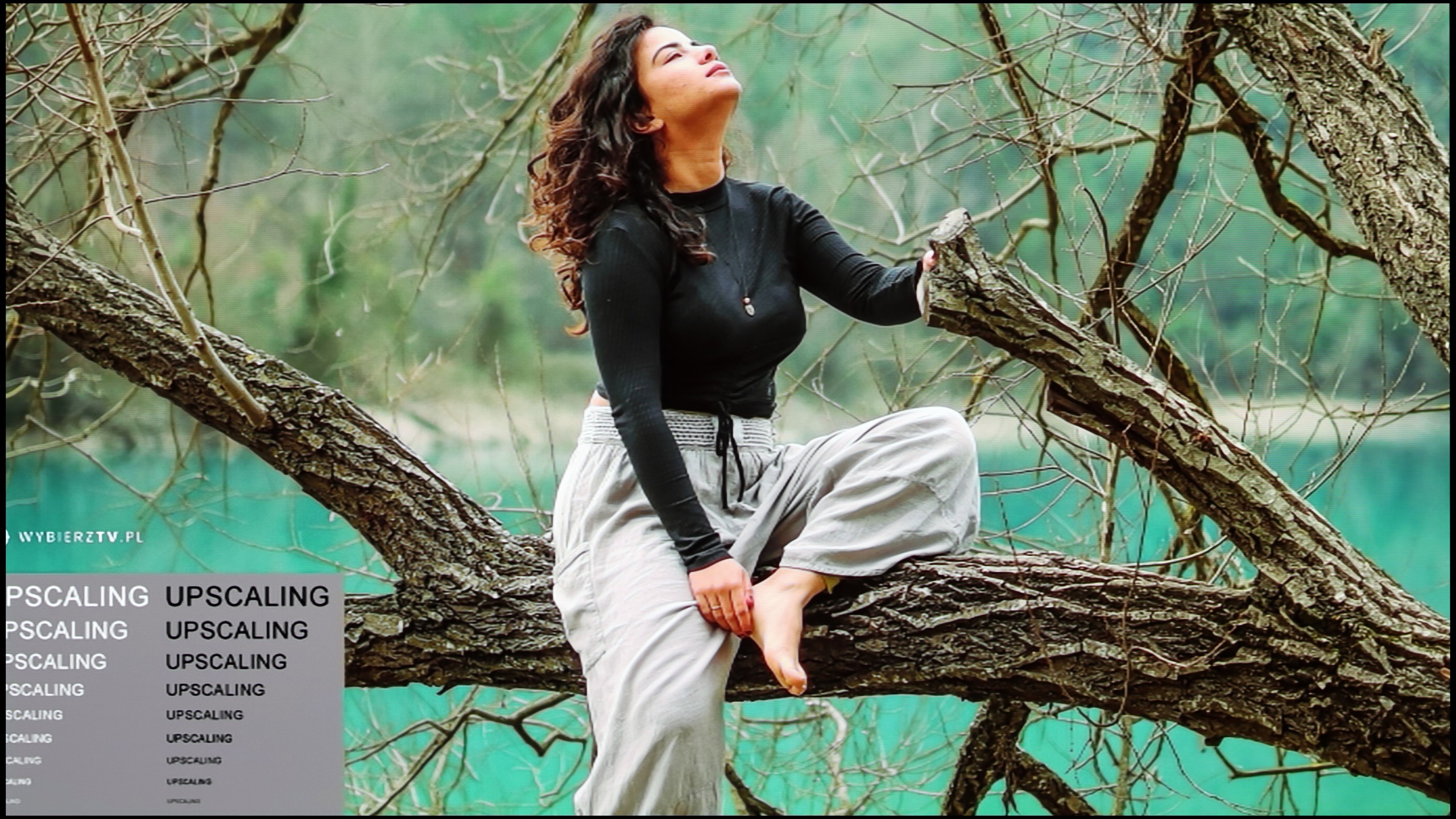
The fluidity of tonal transitions in low-quality materials on the Bravia 8 is poor. Unfortunately, the soft gradation feature (which was available in previous models) is missing, which is a significant downside. The digital noise reduction feature can considerably improve tonal transitions; however, it also tends to remove some details, such as clouds in scenes from the film The Martian, which may not be to everyone's liking. As for digital processing, the Sony XR80 performs quite well. The model in test scenes was displayed without noticeable errors, and the branches in the background are not overly jagged. This shows that the Bravia 8 is capable of effectively processing complex low-resolution image details.
The tonal transition smoothing function in the S85F works really effectively – it can completely eliminate the problem of visible banding in very poor quality materials, such as those from YouTube. Unfortunately, even the lowest level of this option comes with compromises. Noise reduction is aggressive enough that it can smooth out the film grain that many of us consider a key element of the cinematic experience. At the "Standard" level, we did not notice that this function removed anything significant from the image, so we can recommend this setting. On the other hand, the "High" level is a different story – it can smooth out not only noise but also subtle, desirable details such as the texture of objects.
As for image scaling, the S85F performs very well. The material looks sharp, and the only minor imperfection is slightly visible aliasing of contours. And there’s still the persistent issue with Samsung televisions – overscan. This can cause the frame to be slightly cropped in certain scenes, which is worth keeping in mind when watching very old content.
Blur and motion smoothness
8.5/10
8.5/10

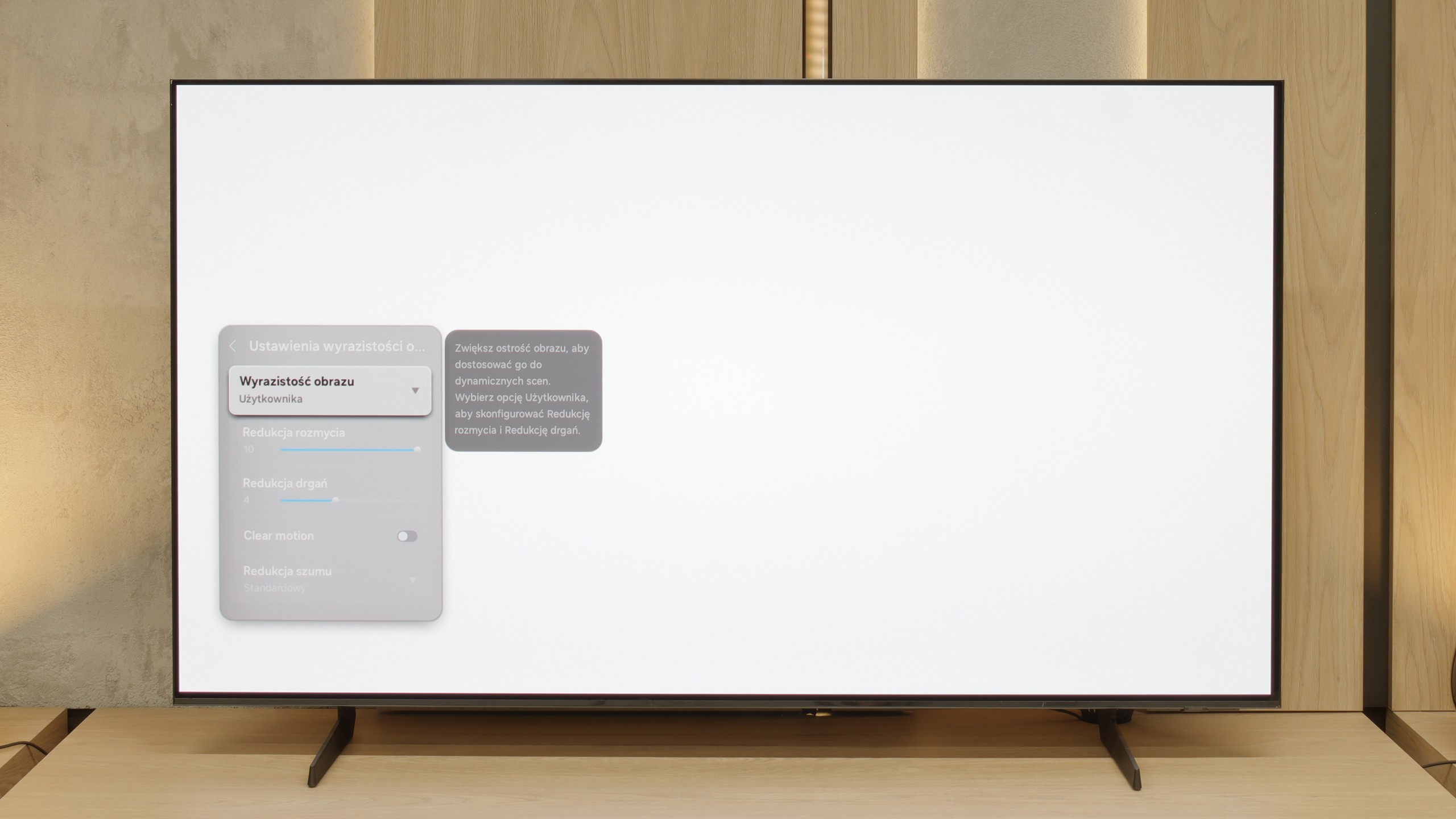
Blur (native resolution, maximum refresh rate):



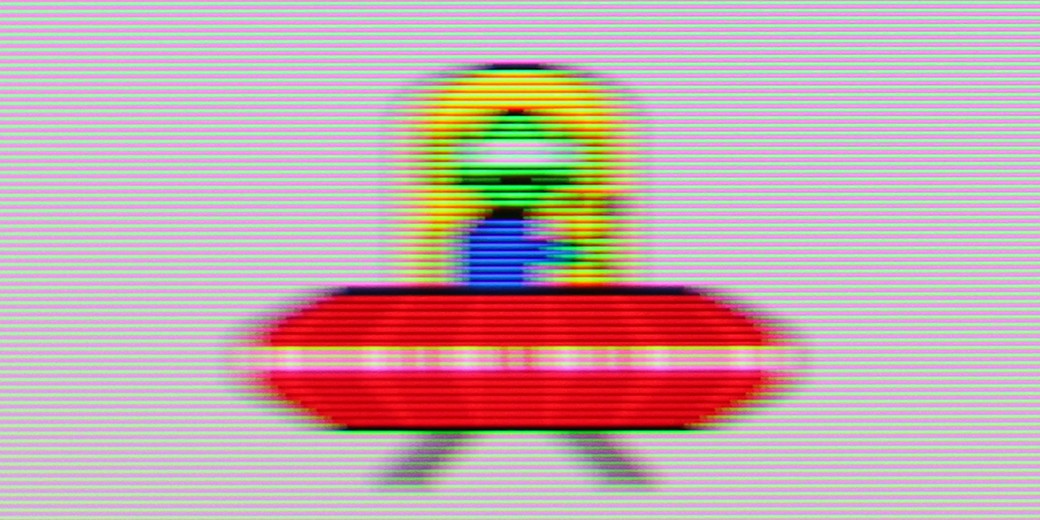
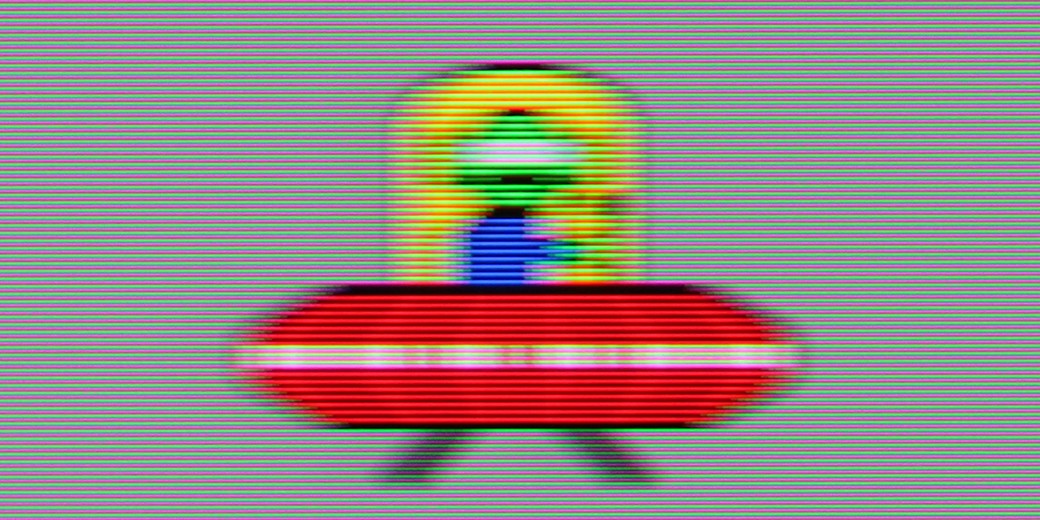
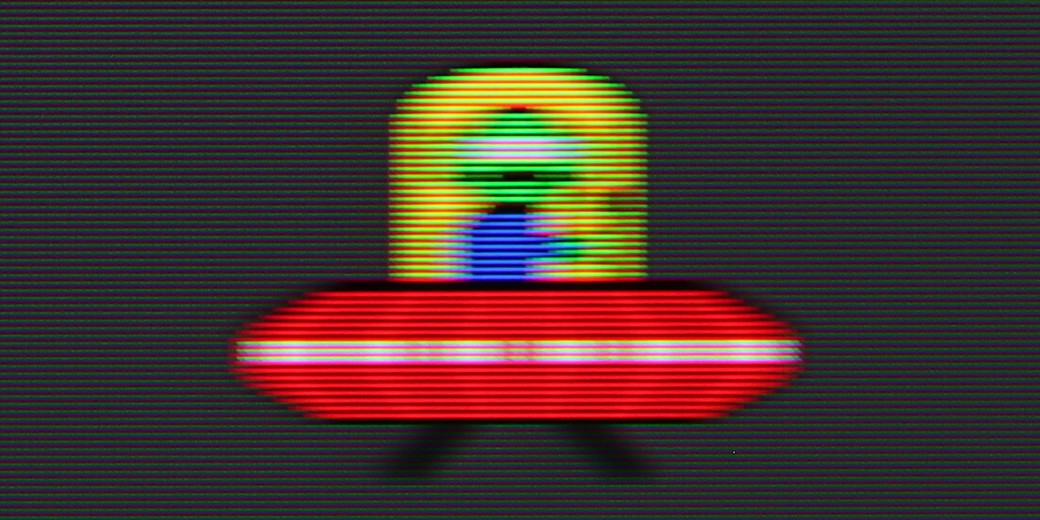
Blur (BFI function enabled):
Image flickers in this mode



Image flickers in this mode
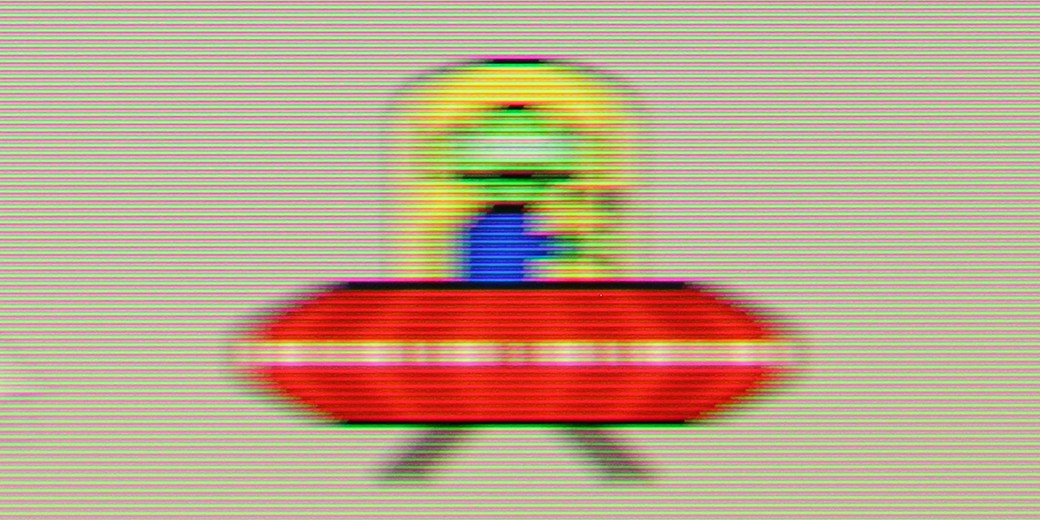
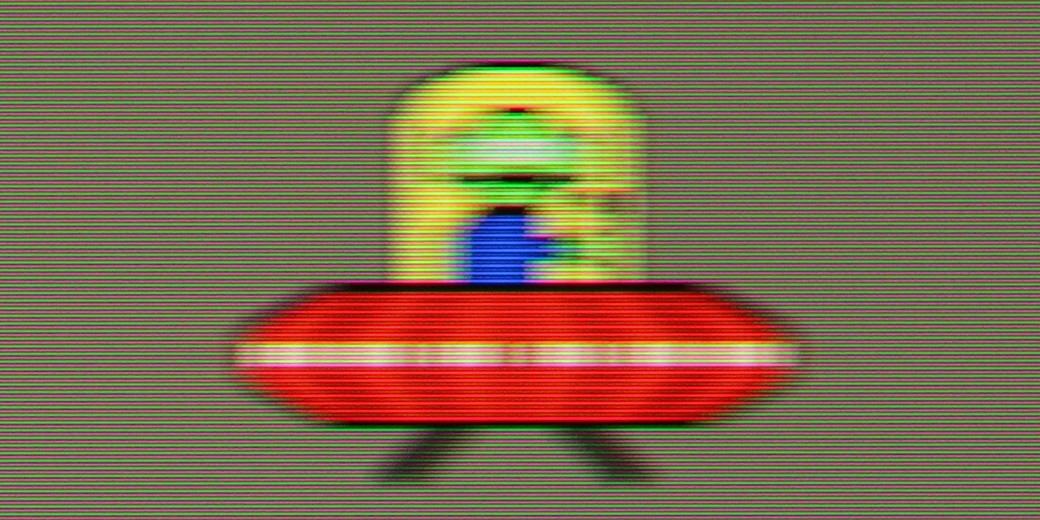
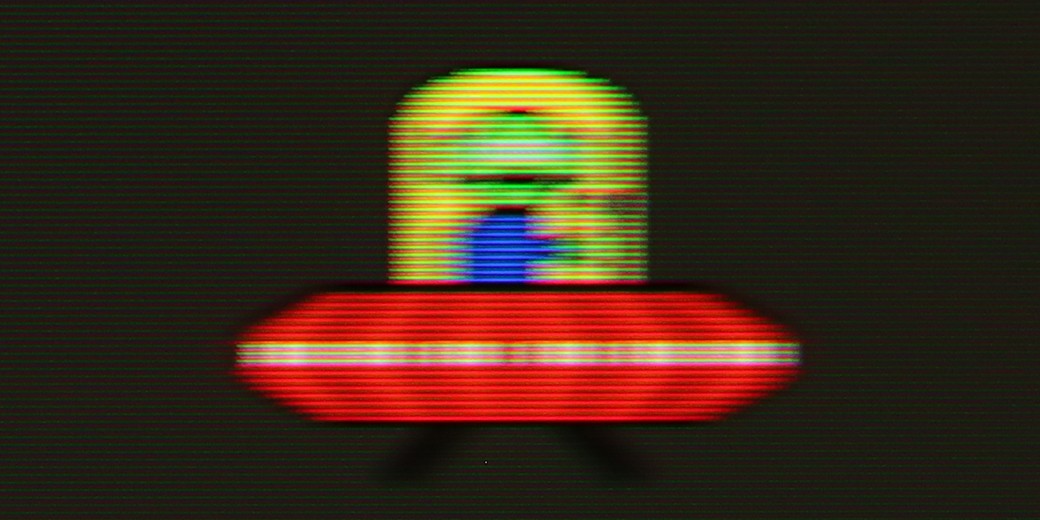
Smużenie ():
Smużenie (4K@60Hz Game Motion Plus):
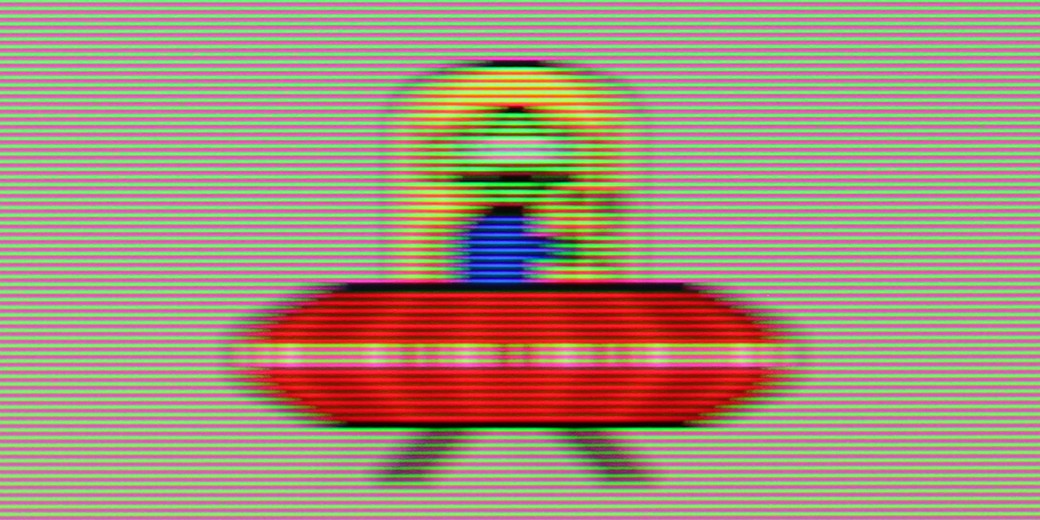
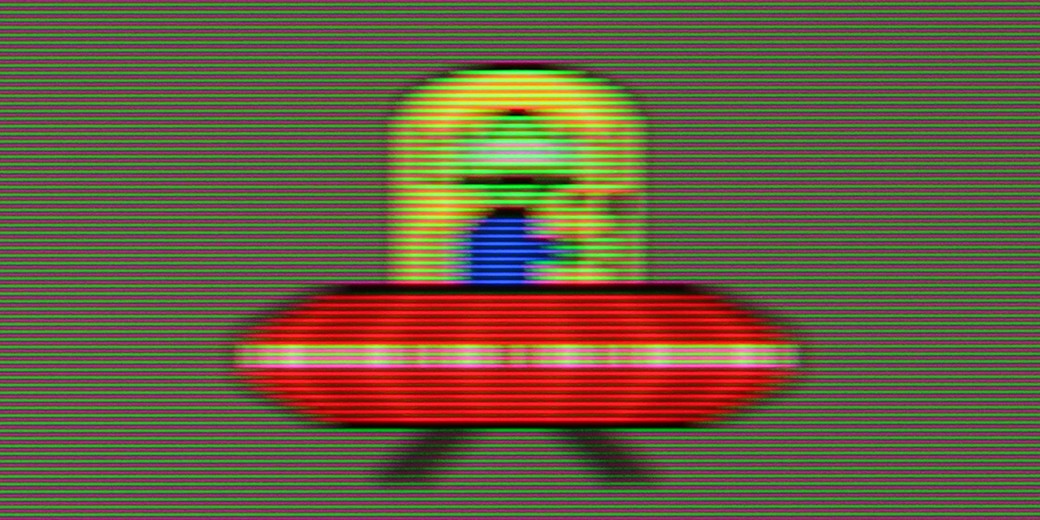
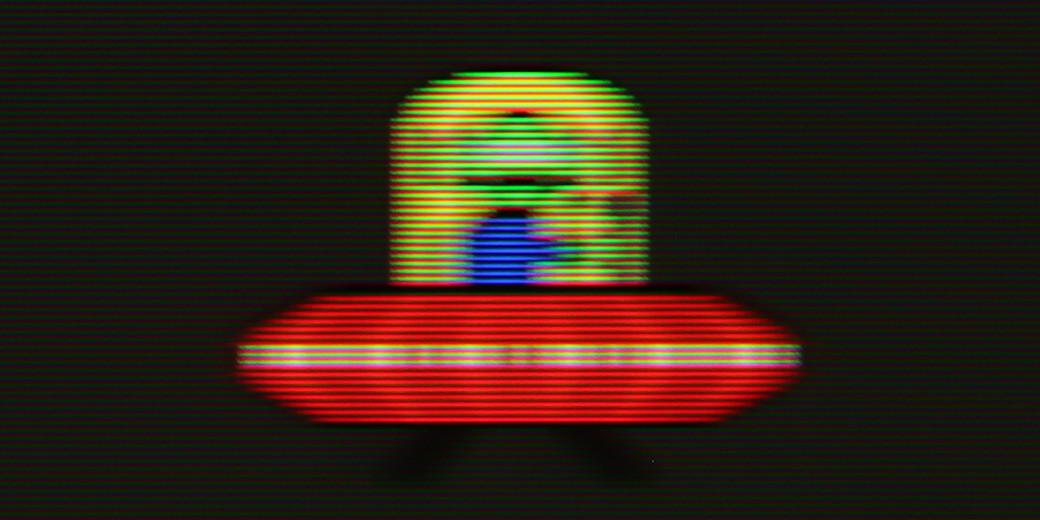
Sony Bravia 8 offers a maximum refresh rate of 120 Hz, which forms the basis for smooth viewing of dynamic content such as sports and games. This ensures that movements are sharp and fluid. For more demanding users, the Sony XR80 television is equipped with an advanced motion smoothing system, which is divided into three segments: Smoothness (Film), Smoothness (Camera), and Clarity. The first two are responsible for regulating the degree of blur and smoothness of the image. The third option, concerning clarity, will be described in more detail below. Each of the parameters can be adjusted to personal preferences, allowing users to find the optimal setting tailored to their individual needs.
The S85F is a mind-blowingly fast television – and this is not just an empty phrase for effect. Thanks to the 120 Hz OLED panel, dynamic scenes, whether in games or while watching a live match, look exactly as they should – smoothly, sharply, and without the feeling that something is “slipping away” from the frame. The lightning-fast pixel response time, typical of OLEDs, plays its part here. Transitions between frames are virtually instantaneous, and the picture remains clear even during the fastest camera movements. A ball flying across half the pitch? A car racing in a chase scene? Here, everything is clear and free from the characteristic “trail” of LCDs.
This is exactly what we expect from a good OLED – no compromises when it comes to motion fluidity. The S85F gives the impression that regardless of the pace of the action, we can focus on what is happening on the screen, rather than the imperfections of the image.
Console compatibility and gaming features
8.1/10
8.2/10
- ALLM
- VRR
- VRR range48 - 120Hz48 - 120Hz
- Dolby Vision Game Mode
- Correct implementation of HGIG
- 1080p@120Hz
- 1440p@120Hz
- 4K@120Hz
- Game bar

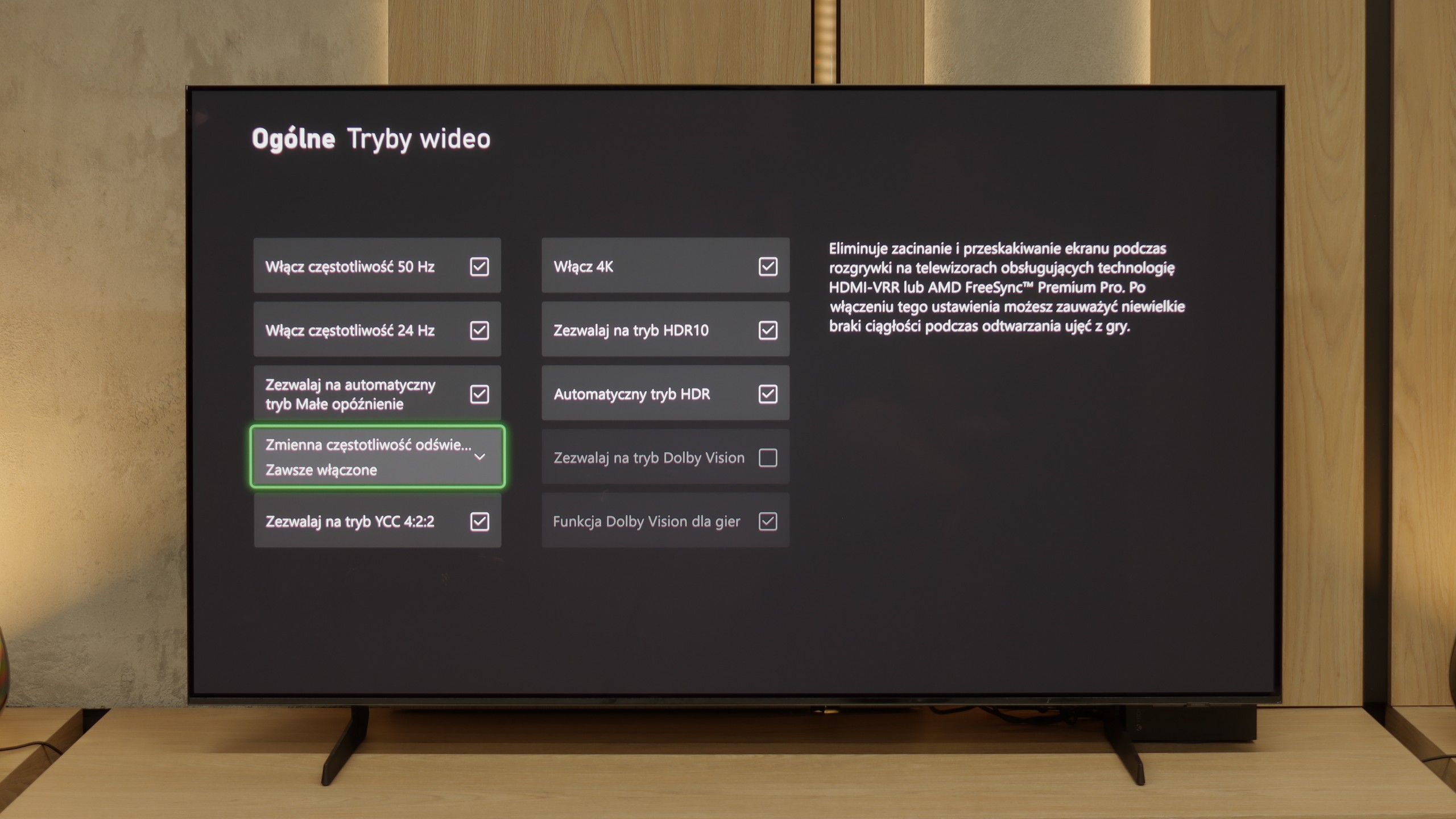

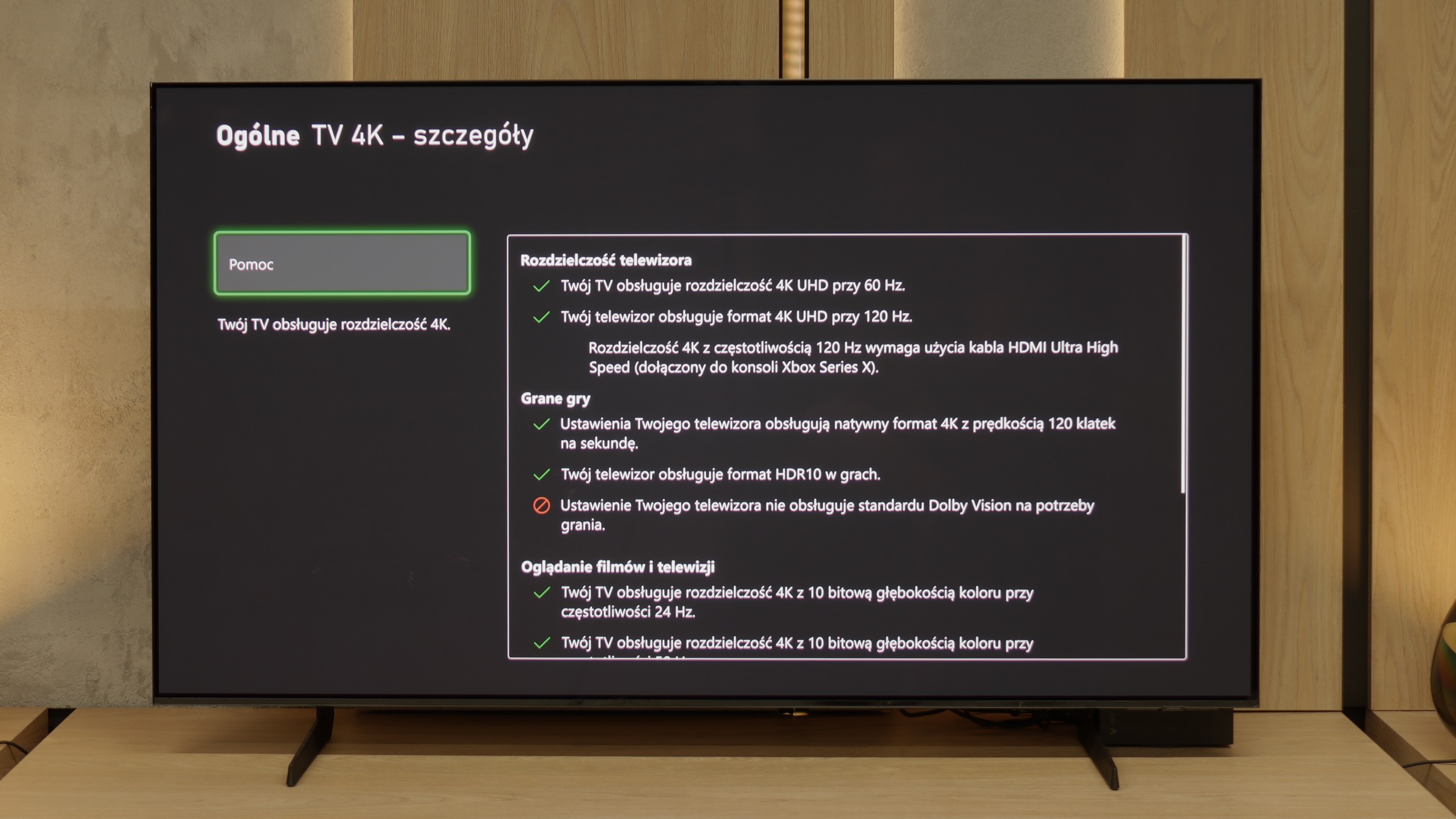

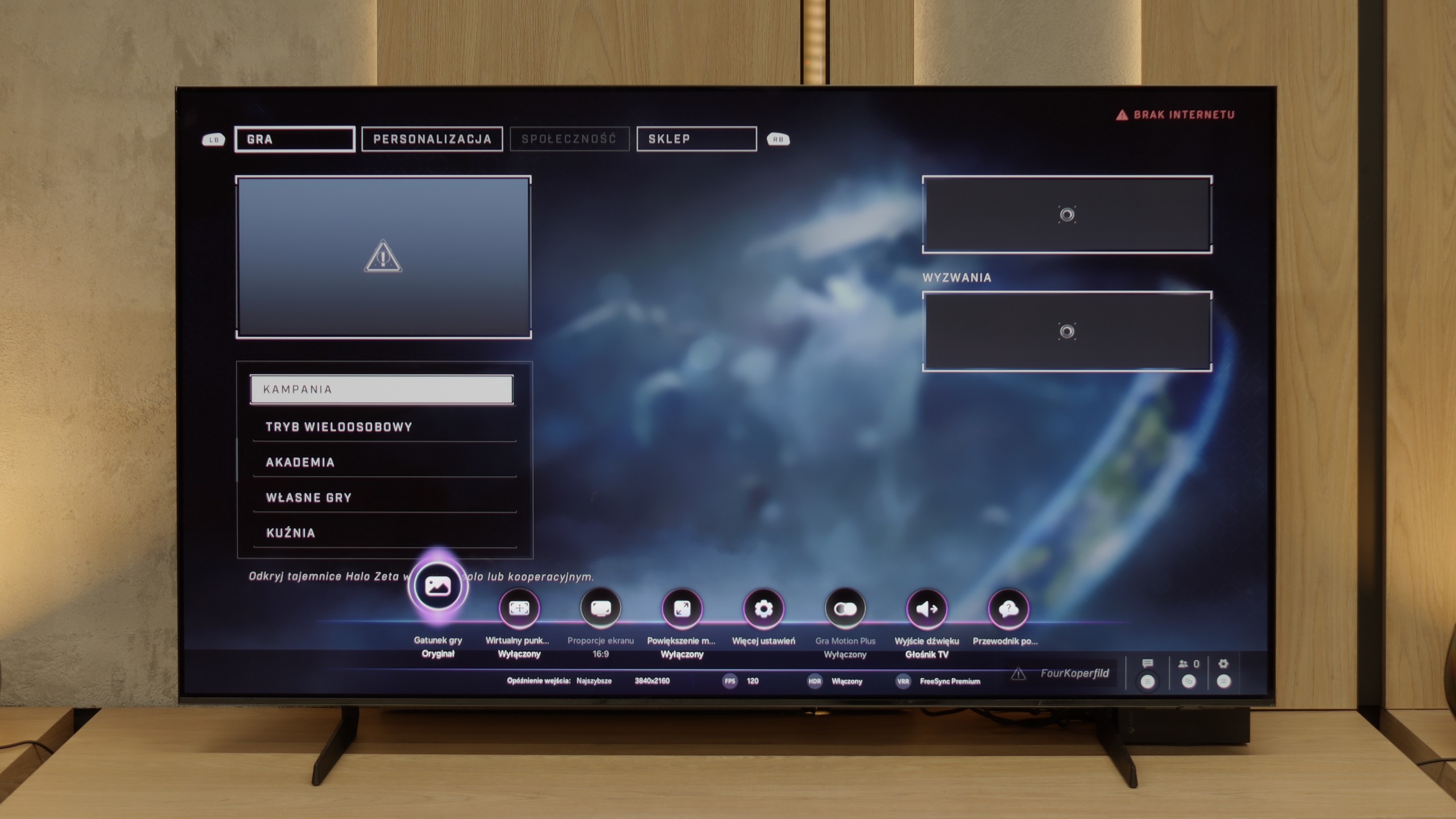

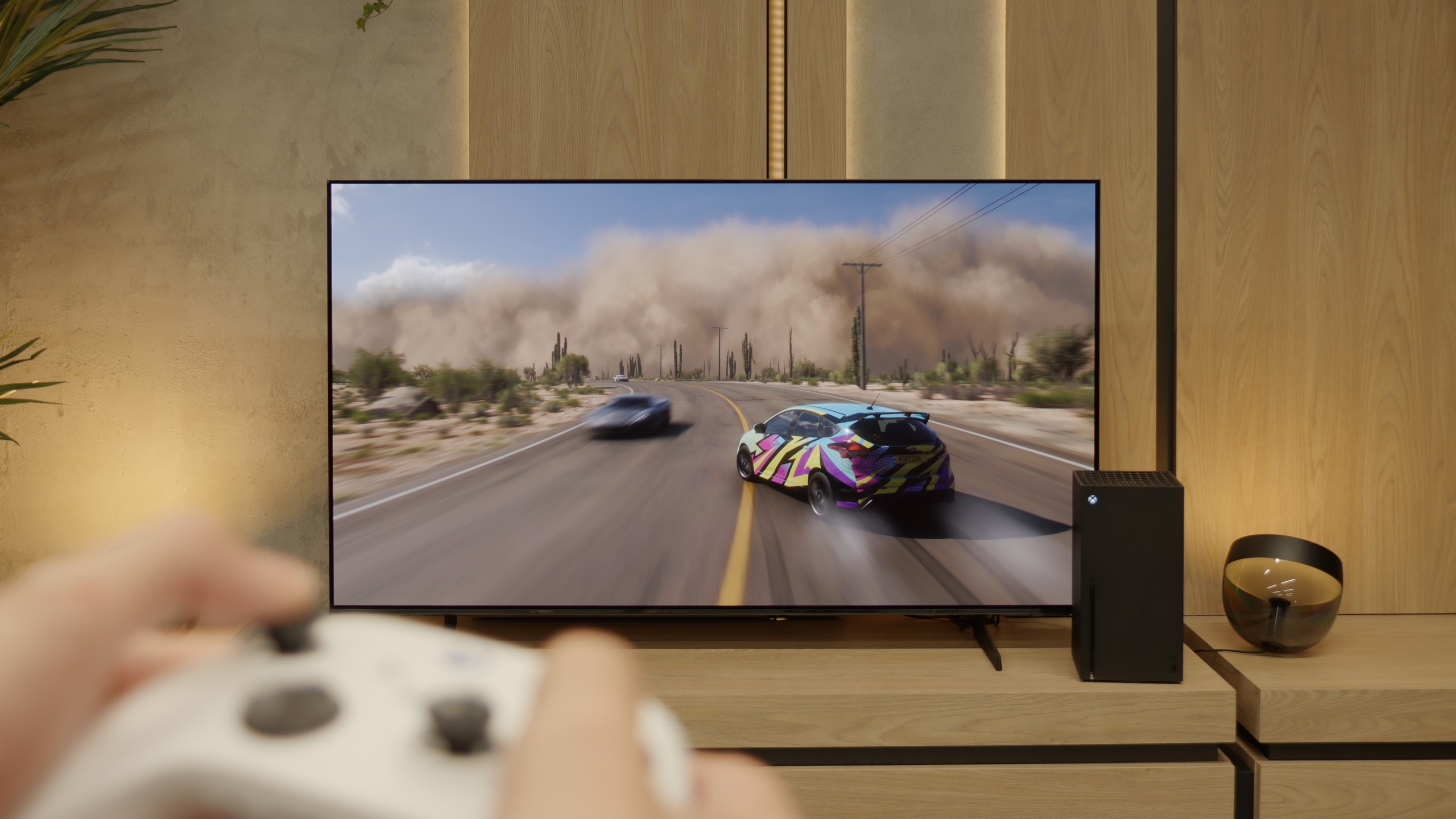
Sony Bravia 8 has significantly improved its compatibility with consoles compared to earlier models. The television supports variable refresh rate (VRR), which eliminates screen tearing, and it synchronises with graphics cards to ensure smooth image display. The automatic low latency mode (ALLM) reduces input lag, which is crucial in fast-paced games. Dolby Vision with low latency additionally provides impressive HDR effects that look stunning during gameplay.
The Sony XR80 television also features a Game Bar, allowing quick access to settings and monitoring parameters while gaming. An interesting option is the ability to enable a virtual crosshair on the screen, which can provide a slight edge in shooting games.
A downside is the lack of support for 1440p@120hz resolution, which could facilitate gaming for users with less powerful graphics cards. Additionally, the Sony XR80 only has two HDMI 2.1 ports, one of which is typically used to connect an audio system via eARC, limiting the number of available inputs for connecting next-generation consoles.
The S85F has practically everything on board to become the dream screen for gaming. Four full-fledged HDMI 2.1 ports with a bandwidth of 48 Gb/s, support for VRR, ALLM, a super-detailed Game Bar that clearly shows all parameters – and on top of that, a gem in the form of Game Motion Plus. This motion smoother makes animation in games more enjoyable, while input lag only increases slightly. This is a rare combination, and it’s a big plus for Samsung.
Now comes the moment when we need to complain a little. The lack of Dolby Vision in Samsung televisions has become standard, so there’s no point in hoping (unless something changes in a few years) – but the disappearance of HGiG after the software update is something hard to explain. HGiG (which stands for HDR Gaming Interest Group) is a mode that allows for precise reproduction of brightness in HDR games, in accordance with the creators' intentions. Without it, HDR calibration on a console becomes less precise, so we can end up with an image that is too dark in the shadows or excessively overexposed.
Perhaps Samsung will fix this in the next update – and we have high hopes for that. Because if HGiG returns, the S85F will become nearly the perfect television for gamers.
Input lag
10/10
10/10
SDR
HDR
Dolby Vision
Low input lag in Sony Bravia 8 is undoubtedly an advantage – results at the level of 13 ms are excellent and provide outstanding responsiveness. The Dolby Vision mode is also noteworthy, which performs remarkably well in this model. In many cases with other manufacturers, this mode looks much worse, but here you can enjoy its full potential, especially in gaming.
Here, dear players, the S85F shows its claws. 5 ms for 120 Hz content and around 10 ms for 60 Hz are results that can be described in one word in the world of televisions – phenomenal. This means that the reaction to our movements is practically instantaneous. We press the button, and the action on the screen happens without any delay, as if the television is reading our minds. In dynamic games, where a fraction of a second can decide victory or defeat, such values make a huge difference. There is no question of nervously "waiting" for the image to catch up with our movements. The S85F gives us the feeling that everything is completely under our control – and that is how it should be with equipment that aspires to be the perfect screen for gamers.
Compatibility with PC
7.6/10
7.6/10

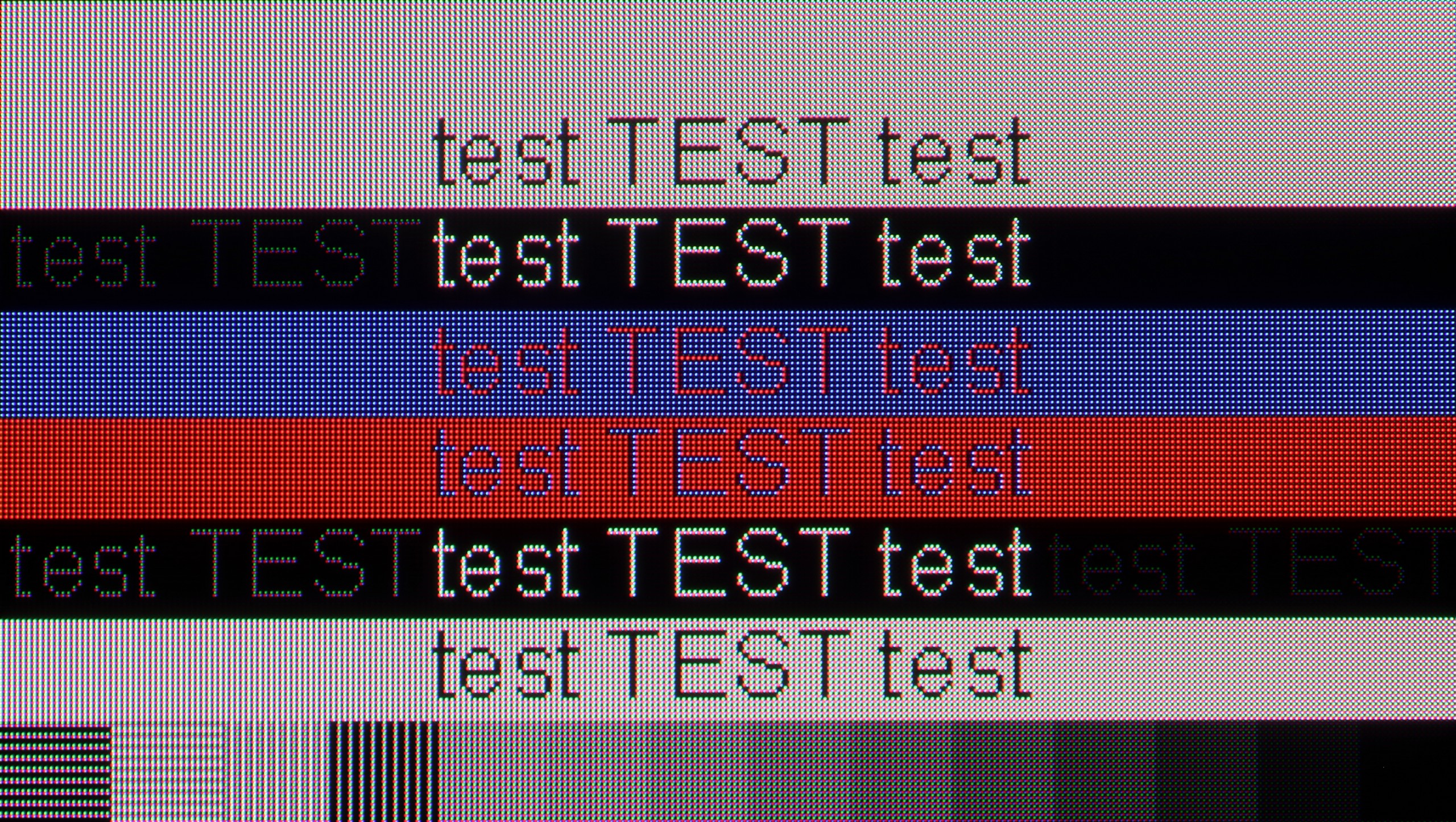
The cooperation of Sony Bravia 8 with computers is very good, similar to most televisions with WOLED panels. The readability of fonts is at a high level, making work with documents or browsing websites comfortable. The low input lag of 5 ms makes an impressive impression and provides excellent responsiveness during gameplay. The only downside is that the fonts displayed on a dark background appear slightly muted.
If you are planning to connect the S85F to a computer, we have good news – this television is great for that. Low input lag and a 120 Hz panel make gaming on PC a pure pleasure. Whether we are talking about dynamic shooters or more tranquil RPGs, the response is instant, and the fluidity of the animations can captivate you for hours.
Of course, there's no rose without thorns. Due to the diamond arrangement of the pixels in the QD-OLED panel, there is a slight effect of "rainbow icons", particularly noticeable when sitting close to the screen. Fortunately, this is rather a detail that most of you will not find bothersome in everyday use. Especially since, thanks to the correct implementation of chroma 4:4:4, the readability of fonts is at a very good level – documents, websites, and text editors look exactly as they should.
Viewing angles
7.3/10
9.8/10
The viewing angles on the Sony Bravia 8 are very good, as befits a television with an OLED panel. As a result, the image retains its colours and contrast even when viewed from a large angle. The only televisions that will be better in this category are models equipped with MLA (Meta-Lens Array) technology and QD-OLED, offering even wider viewing angles and better image quality at extreme angles.
Here, dear readers, the S85F reaches absolute peak performance. The viewing angles are phenomenal – one of the best you can get in a television today, thanks to the unique QD-OLED panel from Samsung Display. Of course, WOLED panels can also maintain a high level in this regard, but let's not kid ourselves – what the QD-OLED in the S85F demonstrates leaves an even greater impression. The colours, contrast, and brightness remain practically unchanged even when viewing the screen from a very wide angle. This is the kind of television where you don't have to fight for the "best spot on the sofa" – everyone will see the picture in all its glory, regardless of where they sit.
TV efficiency during daytime
5.6/10
5.1/10

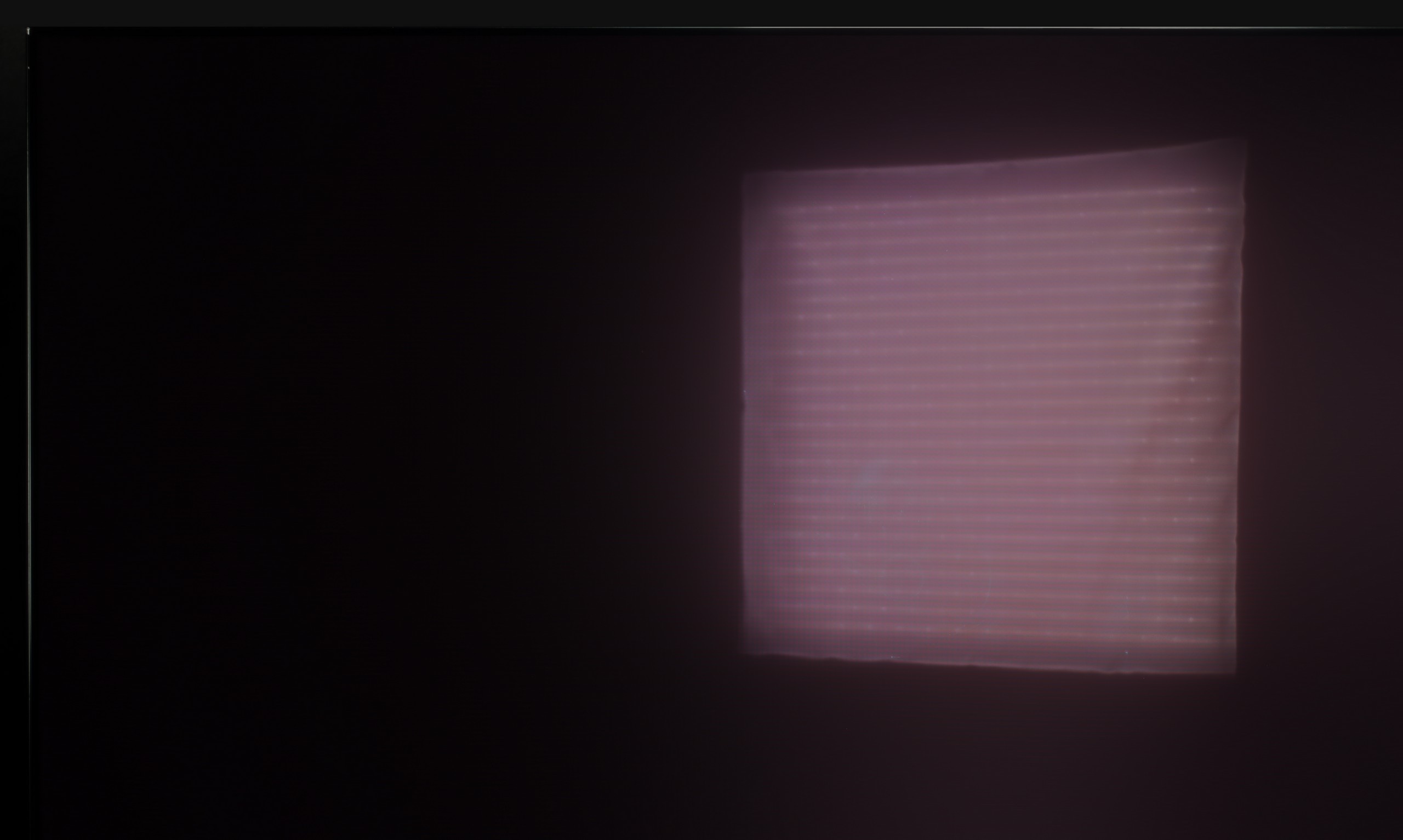

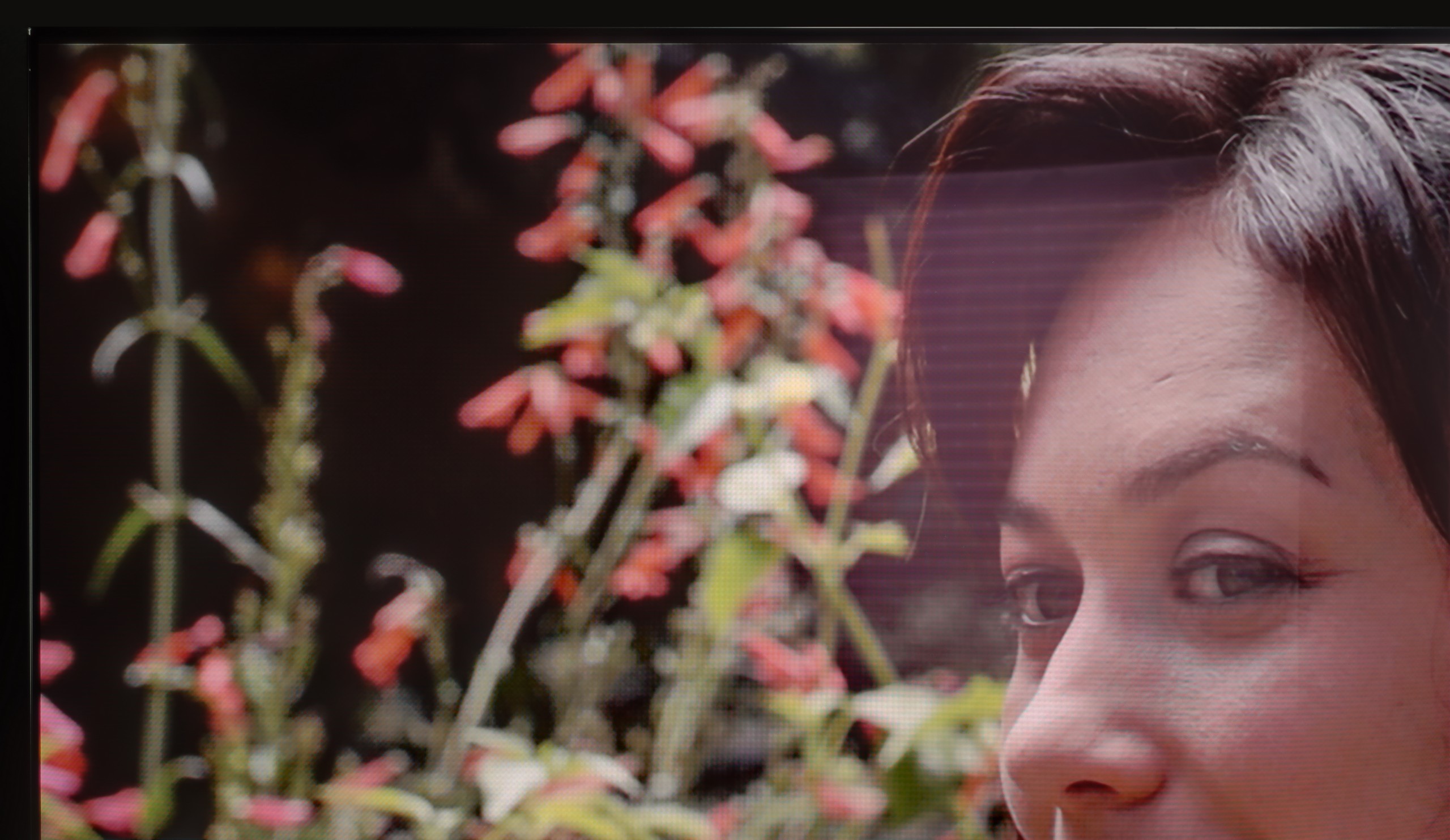
Matrix brightness
Average luminance SDR
Samsung S85F OLED: 317 cd/m2
Sony Bravia 8 (XR80): 335 cd/m2
The glossy panel in the Sony Bravia 8 effectively dampens reflections, which take on a slightly bluish hue. Unfortunately, the brightness level of 330 nits is not particularly impressive, making this television better suited for evening viewing. During the day, to ensure optimal image reception, it is advisable to help by closing the curtains, which will reduce the impact of external light.
We really liked the saying “there's no rose without a thorn” and it fits perfectly with QD-OLED display televisions. Especially when we look at their behaviour in strongly sunlit conditions. As you may notice, in very intense light, the surface of the panel can take on a slightly cherry hue. The effect is subtle in the case of the S85F, but in extreme lighting conditions, the black can perform a little worse than in WOLED panels. However – and this “however” is key here – QD-OLED significantly better suppresses direct light reflections. This means that reflections will be less bothersome, and the picture will maintain clarity even when something bright reflects off the screen. You win some, you lose some.
As for brightness, the S85F is a moderately bright OLED. It is not a model designed for extremely sunny living rooms. If you are planning to place it in a very bright room, we recommend considering blinds or placing it in a location that at least partially protects it from direct light.
Details about the matrix
Subpixel Structure:

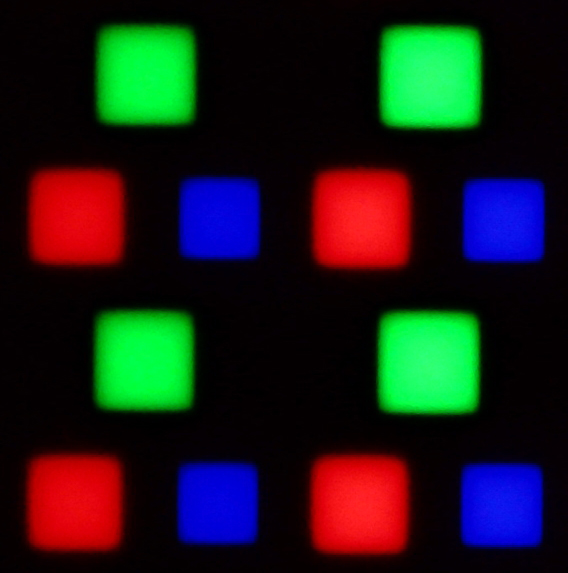
Panel uniformity and thermal imaging:

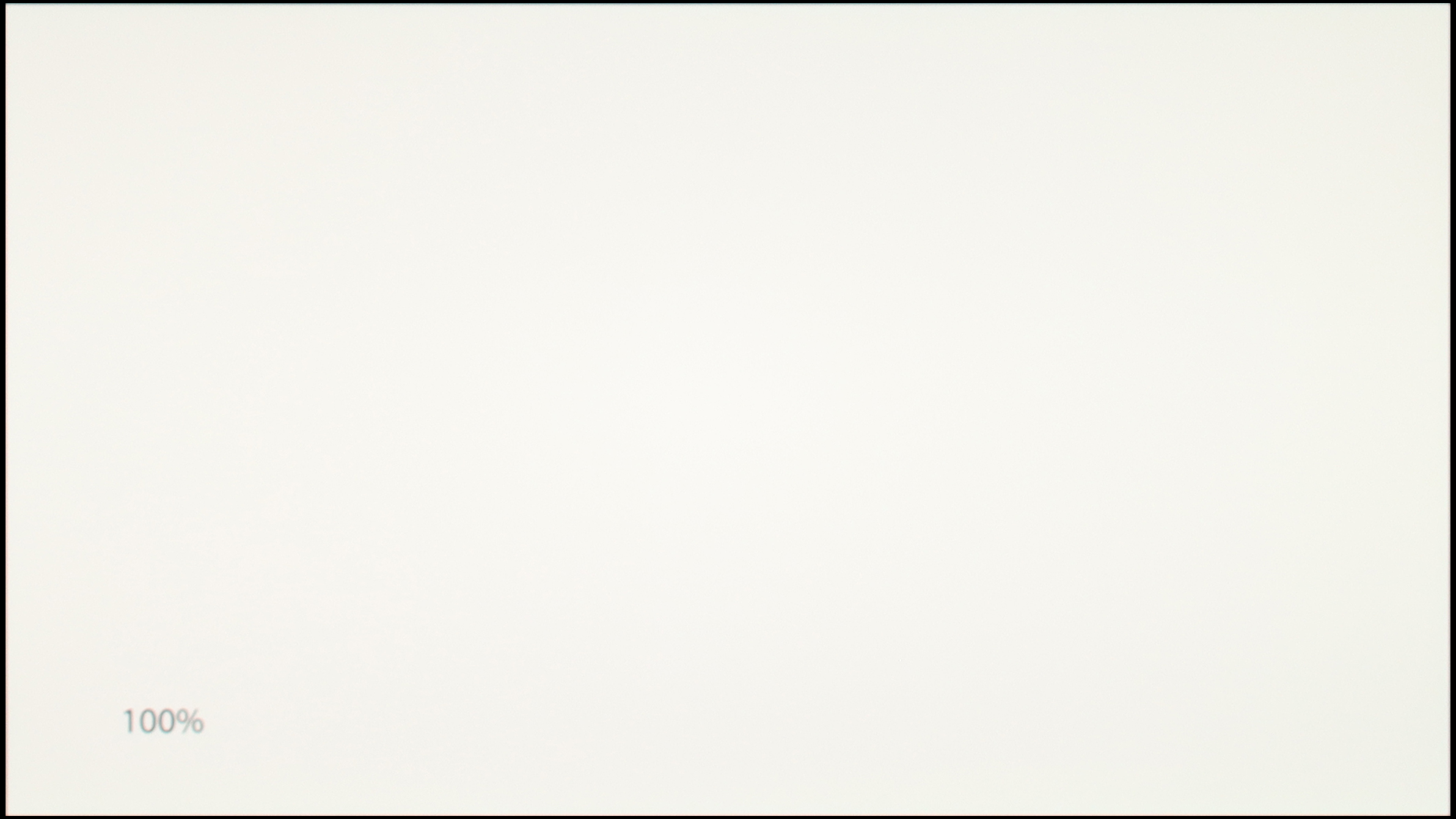
Sony Bravia 8 (XR80)
Samsung S85F OLED
TV features
9.4/10
7.3/10
- HDMI inputs2 x HDMI 2.0, 2 x HDMI 2.1 48Gbps0 x HDMI 2.0, 4 x HDMI 2.1 48Gbps
- Other inputsToslink (Optical audio)
- OutputsToslink (Optical audio), eARC (HDMI), ARC (HDMI)Toslink (Optical audio), eARC (HDMI), ARC (HDMI)
- Network InterfacesWi-Fi 2.4GHz, Wi-Fi 5GHz, Ethernet (LAN) 100MbpsWi-Fi 2.4GHz, Wi-Fi 5GHz, Ethernet (LAN) 100Mbps
- TV receptionDVB-T, DVB-T2, DVB-S, DVB-S2, DVB-CDVB-T, DVB-T2, DVB-S, DVB-S2, DVB-C
Classic features:
- Recording to USB (terrestrial TV)
- Recording programming
- Picture in Picture (PiP)
- RF remote control (no need to aim at the screen)
- Backlit remote control
- Teletext
- Audio only mode
- Bluetooth headphones support
- Simultaneous Bluetooth headphones & TV audio
Smart features:
- AirPlay
- Screen mirroring (Windows Miracast)
- Voice search
- Voice search in native language
- Ability to connect a keyboard and mouse


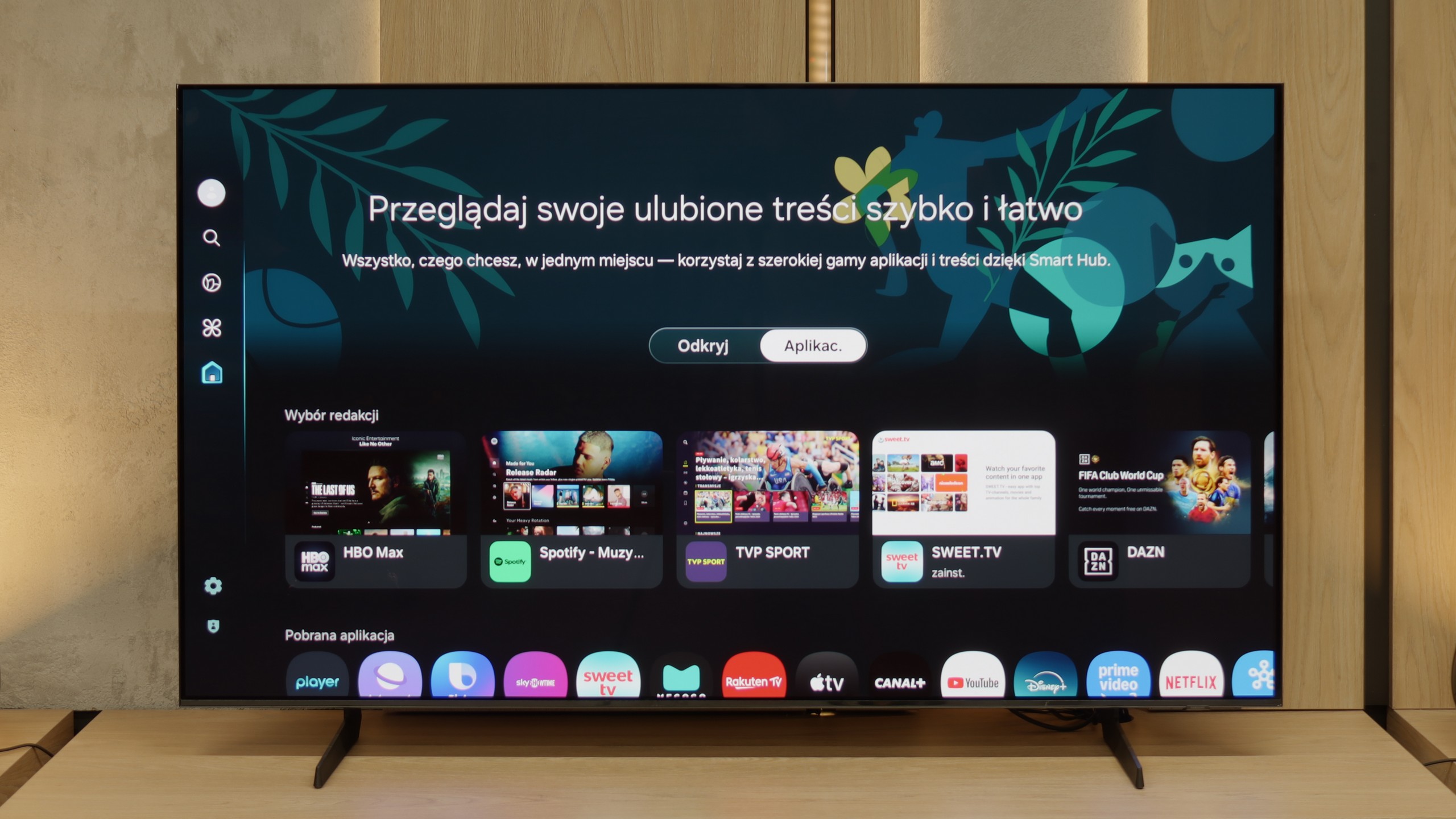
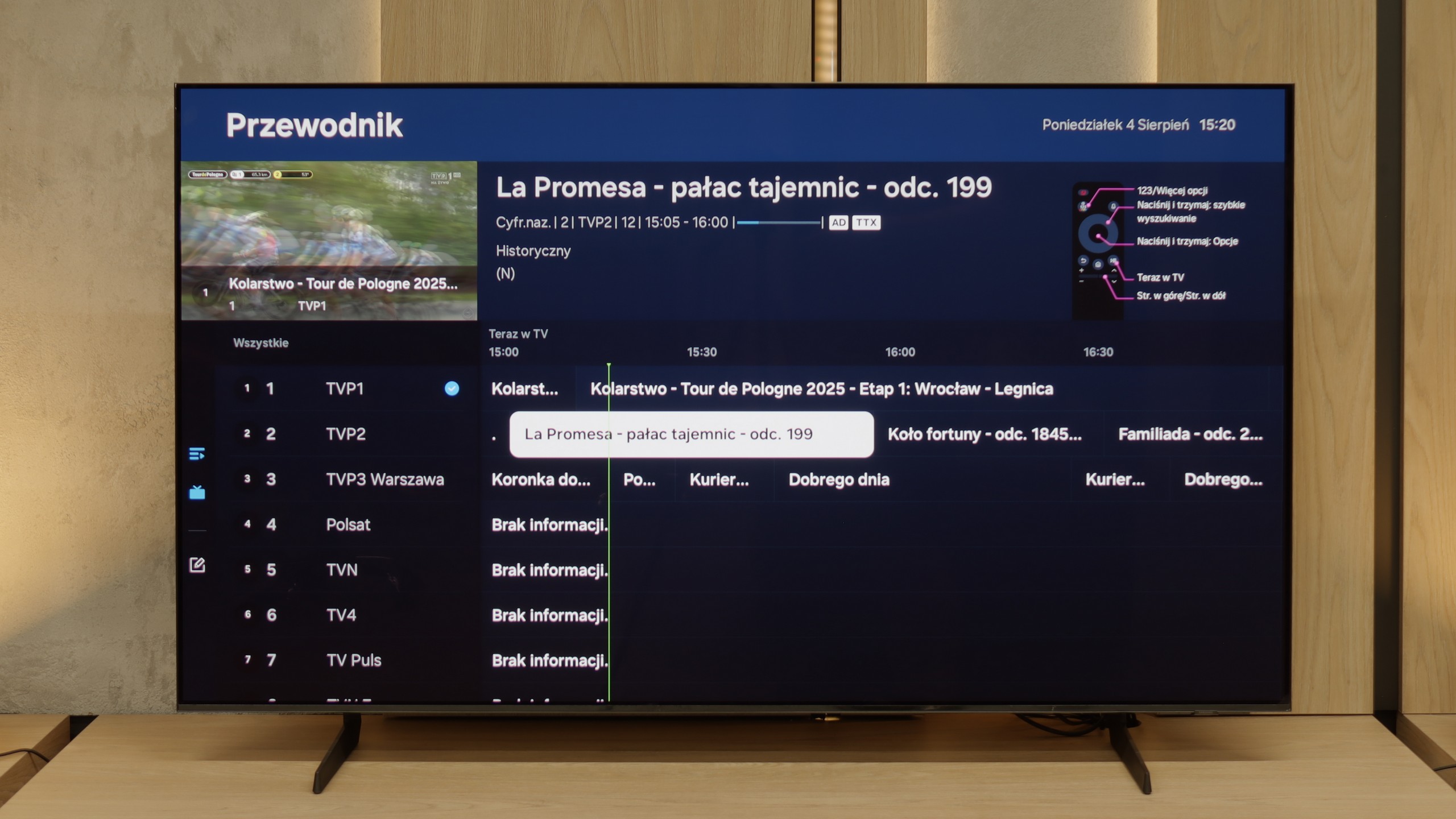
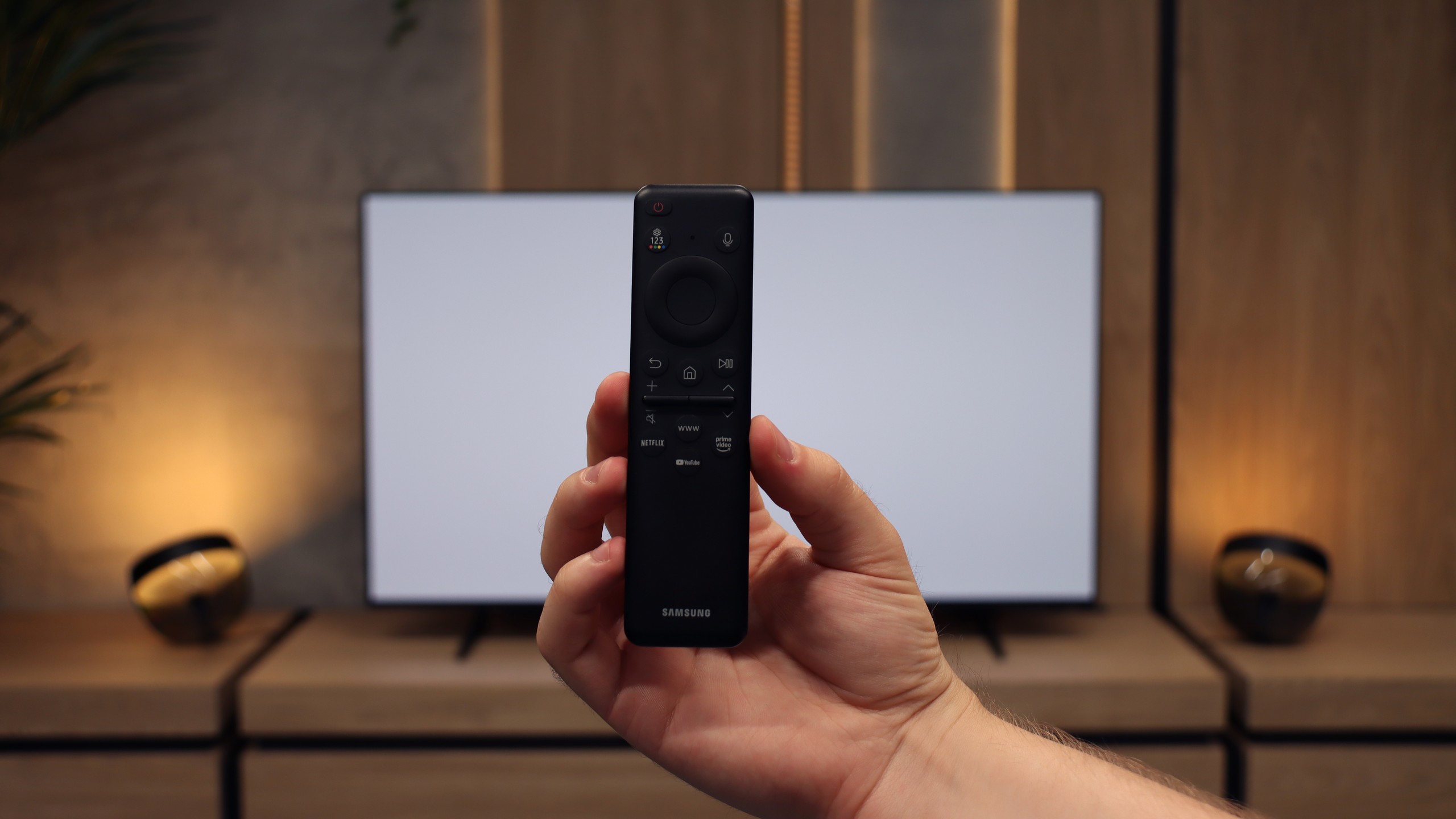
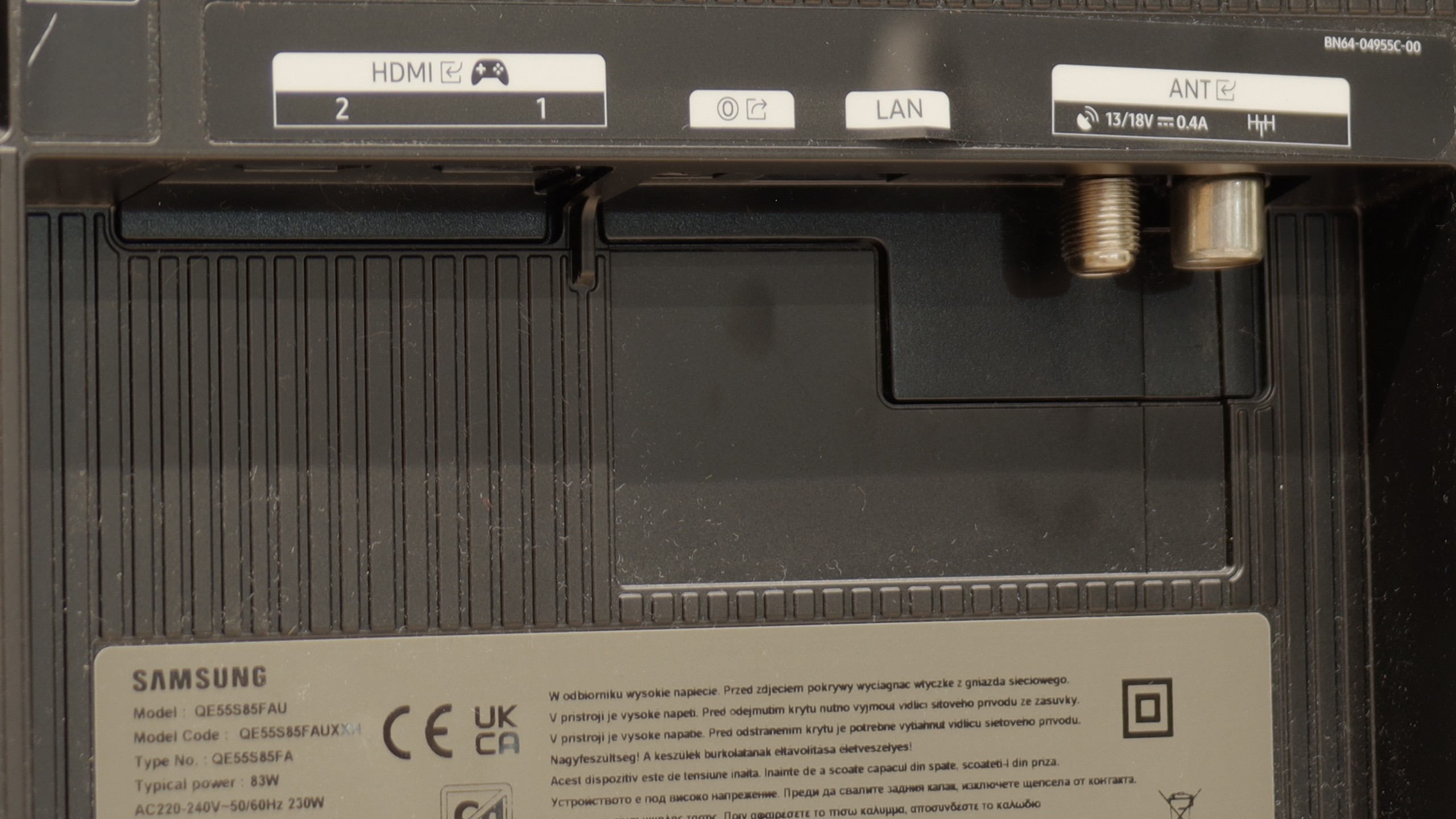
Sony Bravia 8 runs on the Google TV system, which provides very intuitive and quick use of the television as well as an almost unlimited number of applications. Google Assistant works in Polish, allowing for even better integration with the device. The interface is well-designed, and access to applications and features is simple and convenient. It is also worth mentioning the remote control – similar to solutions from Korean competitors, the remote can be charged via a USB-C port. Moreover, it is backlit, which makes it much easier to use at night.
The device offers a wide range of features that will satisfy most users. The Sony XR80 television allows for recording programmes, as well as easy connection of external peripheral devices via Bluetooth. Unfortunately, it lacks the Picture-in-Picture (PiP) function, which would allow for simultaneous viewing of two image sources, which could be useful in certain situations.
The television looks very good. It has a solid, metal frame that gives it an elegant appearance. The television stands on two adjustable feet, which can be adapted in terms of both width and height. This allows for easy placement of a soundbar underneath the screen. Although the Sony Bravia 8 is not the thinnest OLED television on the market, its careful finish and quality of materials make it look really good.
Classic TV Features of the S85F
The S85F was not really designed with fans of traditional television in mind. There’s no PiP feature (which is a bit surprising as Samsung usually offers it) nor the ability to record programmes to USB from the built-in tuners. Fortunately, the basics are present – teletext and a clear channel guide – so for regular, everyday viewing, that is more than enough. The included remote control, although simple and lacking a numeric keypad at first glance, allows you to control multiple devices. This means that when connecting, for example, a Canal+ decoder, you don’t need to have two remotes on the table – the one for the television is quite sufficient.
SmartTV S85F: Tizen
The smart part is a completely different story. Tizen is one of the most advanced operating systems in televisions. It operates smoothly, supports all popular internet functions – from screen mirroring, through AirPlay, to voice search. The strongest feature of Tizen is its integration with the SmartThings app, which can serve as the control centre for the entire home. Of course, like any closed system, Tizen has its limitations – for example, in the form of a smaller app library compared to GoogleTV. However, looking at the current list of available apps, it is hard to pinpoint anything that might actually be missing.
Playing files from USB
8.7/10
9.1/10
Supported photo formats:
Maximum photo resolution:

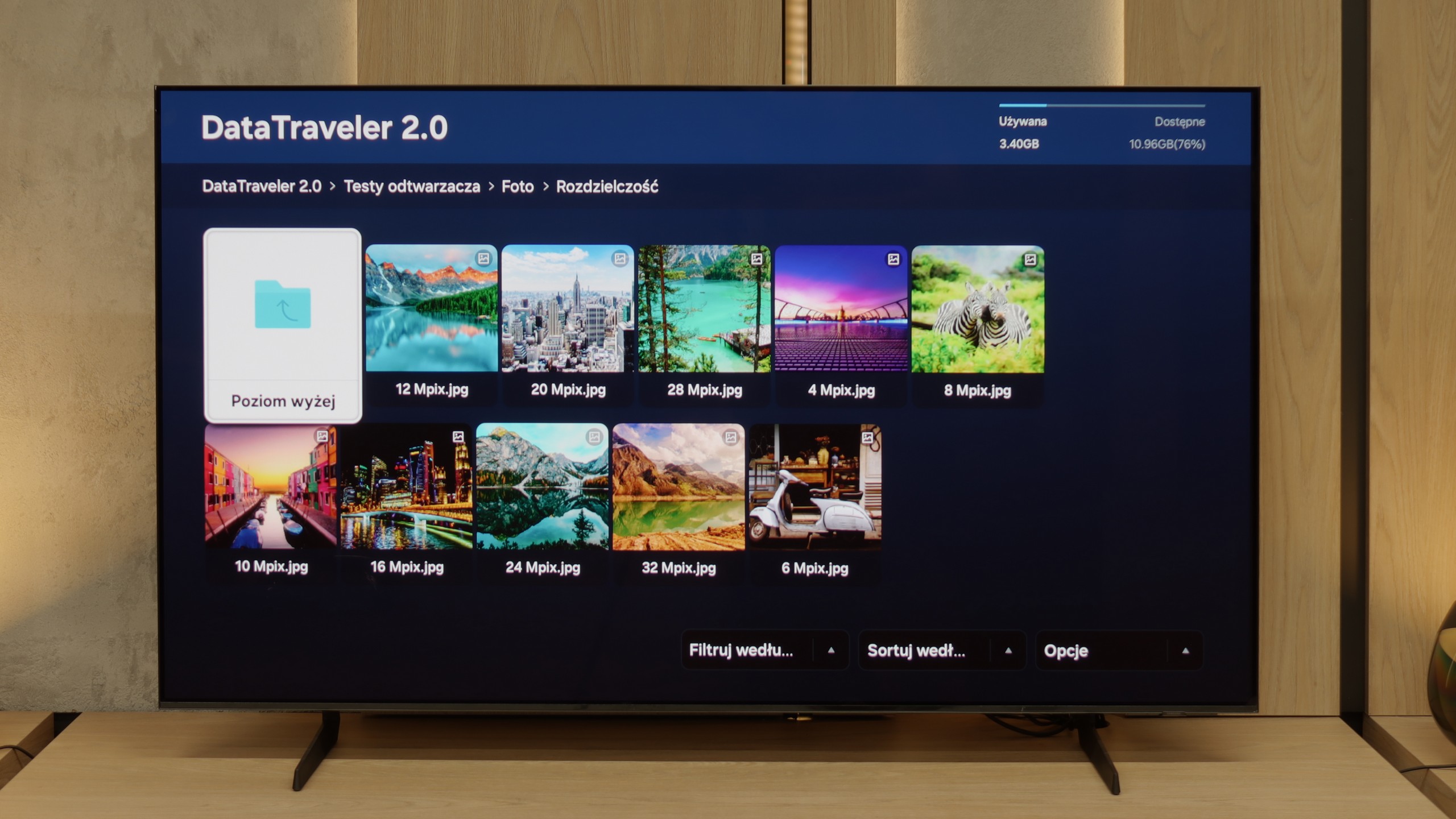
Sony Bravia 8 will satisfy most users when it comes to playing multimedia files. The built-in player handles most popular video and audio formats, allowing for seamless access to a wide range of content. Although there are some shortcomings in photo playback, the Google TV system allows for the installation of other players that will likely resolve this issue.
The built-in media player in the S85F performs excellently – practically everything you put on a USB drive or hard disk will be played back without the slightest problem. Minor shortcomings appear only in the handling of some less popular photo formats, but for the vast majority of you, this will be more than sufficient. So, it can be confidently stated that for home use, the built-in player is more than solid.
Apps
9.6/10
8.7/10














































Sound
7.5/10
7.2/10
- Maximum volume-80dB
- Dolby Digital Plus 7.1
- Dolby True HD 7.1
- Dolby Atmos in Dolby Digital Plus (JOC)
- Dolby Atmos in Dolby True HD
- DTS:X in DTS-HD MA
- DTS-HD Master Audio
Bravia 8 is equipped with a 50W sound system in a 2.2.1 configuration. The speakers are mounted behind the screen, and this system is called Acoustic Surface Audio. The sound is pleasant and well-balanced, which makes it perfectly complement the picture. When it comes to audio format support, Sony Bravia 8 has a lot to boast about – in our tests, it played all popular codecs without any issues, providing a full and rich audio experience.
Built-in speakers with a power of 20 W on paper may not make a big impression, but in practice, the S85F can surprise. It sounds really pleasant, and at times you can even catch a subtle bass, which is not a given in this class of speakers. The TV does not support DTS format, which has unfortunately become the standard for most manufacturers by 2025. A nice surprise, however, is the support for Dolby Atmos. Of course, talking about "spatial" sound in the case of two speakers placed at the bottom of the casing would be a slight exaggeration, but it's good that Samsung offers such a feature in this model at all.
Acoustic Measurements
No acoustic data
80dBC (Max)
75dBC


